Don McIntyre – GGR
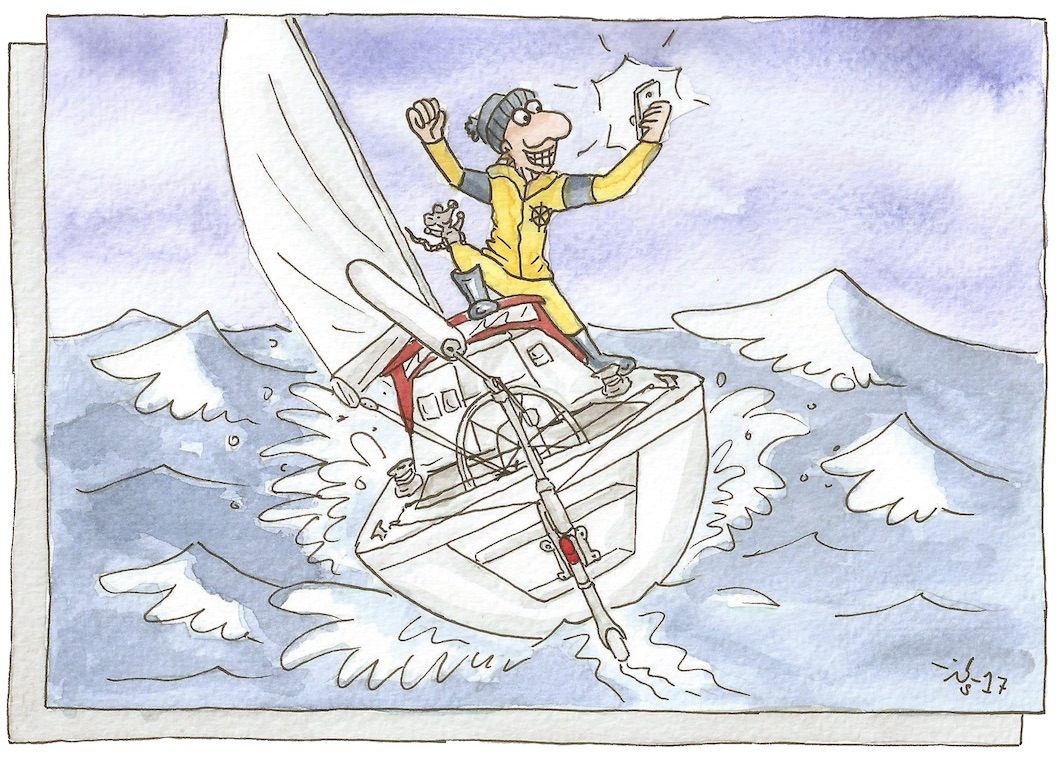
Good Morning Don,
What’s that you say? A letter from a most unexpected quarter? The halfway point of the GGR seems like a good opportunity to share a few observations from my chosen field that are sure to be of interest to you.
First of all, however, allow me to express my respect for your knowledgeable and entertaining delivery of an event that ranks as extraordinary on many counts. Yes, there are a number of issues on which we do not see eye to eye, but I do not regard that as a problem per se provided that mutual respect is maintained. Your planning and realisation of the GGR has carved out a new niche in the market that will leave a lasting impression on the marine industry – the impression of a man who tells it as he sees it.
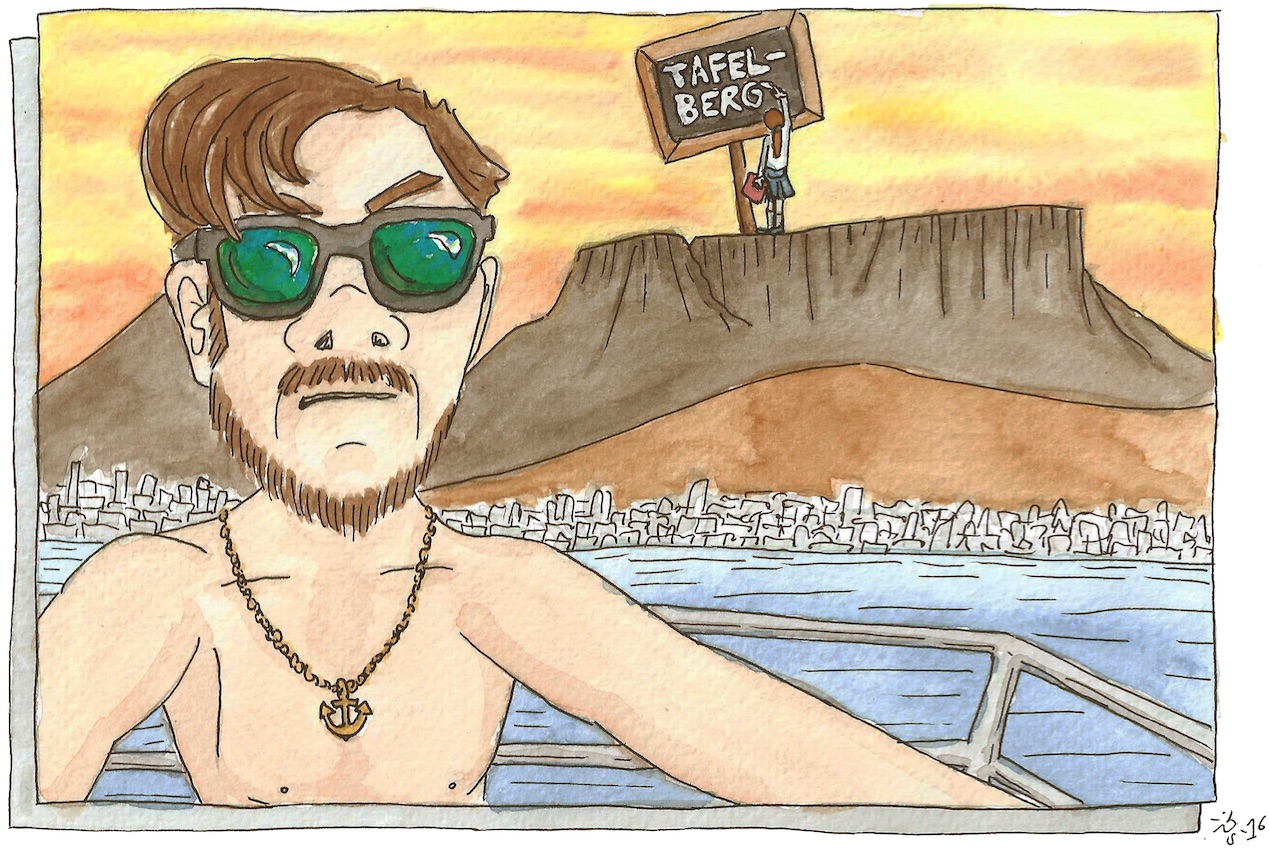
Half a circumnavigation later, facts are becoming plain that, while they may have raised eyebrows here and there, will have come as no surprise at all to those familiar with the issues. Such as myself. I’m talking, of course, about the solo sailor’s best friend, the one that staunchly stands watch after watch at the helm with never a murmur of complaint. Not for the first time, I’m talking about transom ornaments.
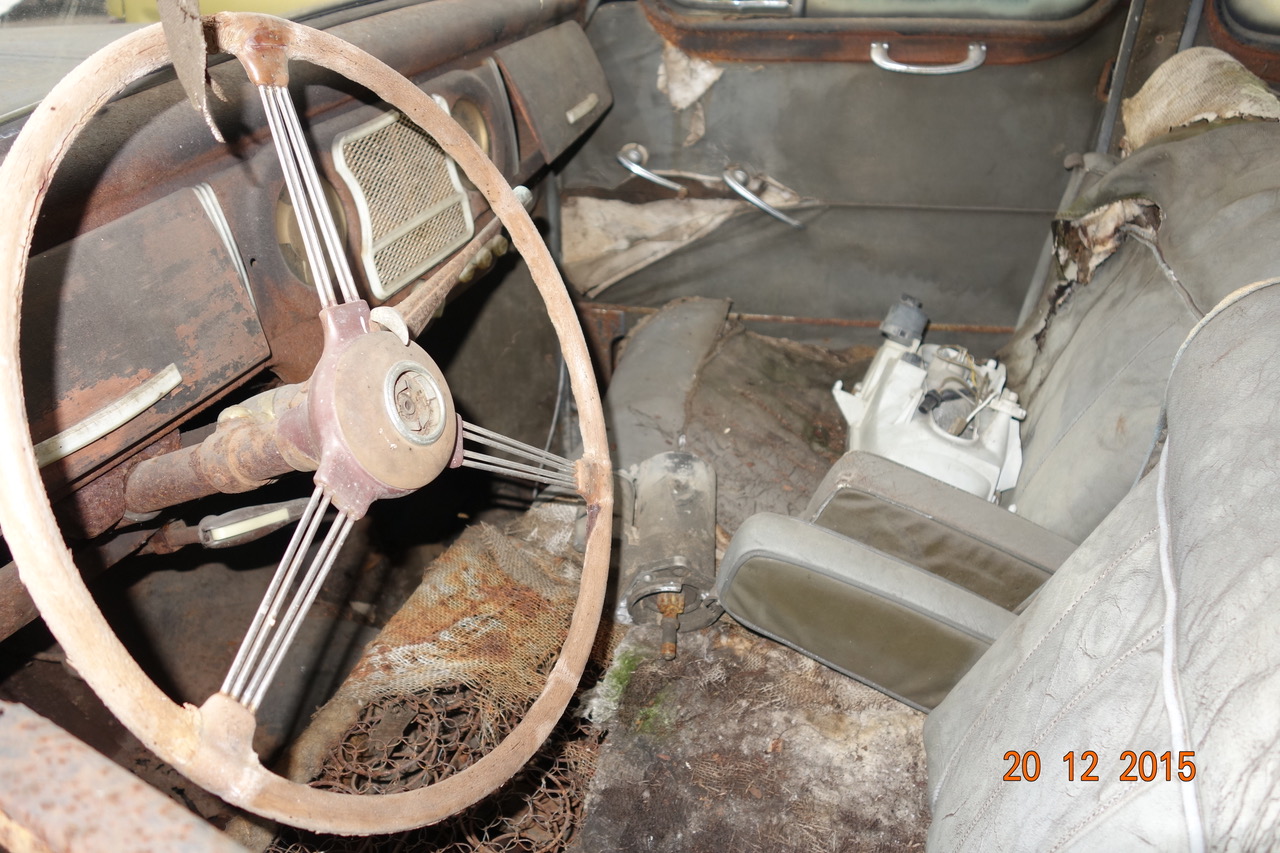
STONE AGE TECHNOLOGY
Aircraft fly, motorcars motor and windvane self-steering systems steer: on that much everyone should be able to agree (provided, that is, that we stick to the evidence before our eyes, respect the principles of fair dealing between manufacturers and the sailors they serve and acknowledge the authenticity of word-of-mouth marketing – the magic elixir a brand needs to establish itself properly in the global sailing community). How well these different machines perform their function depends in large part on how successful their creators have been in eliminating weaknesses from the design. Time and use tend to expose any weak points remaining in a product, with potentially deleterious consequences for a brand’s reputation.

The modern cars of today have little more than four wheels in common with their forebears of fifty years ago. The windvane self-steering industry has evolved almost as fast, with far-reaching changes across just about every aspect of both design and manufacturing (albeit some sailors have yet to join the dots). Allow me to explain…
THE TWELVE TYPES OF WINDVANE SELF-STEERING SYSTEM
All twelve types of windvane self-steering system (see here for animated diagrams), three of which have become commercially successful, follow simple rules of physics. They have a sensor that outputs a signal, a transmission system, a device to step down the force generated by the sensor and a lever to produce the necessary power. Simple rules and simple principles – and yet the field offers a huge number of different avenues to explore for those who succumb to its temptations. Some have made it their life’s work, no less, and even I have been in the business for 43 years now.
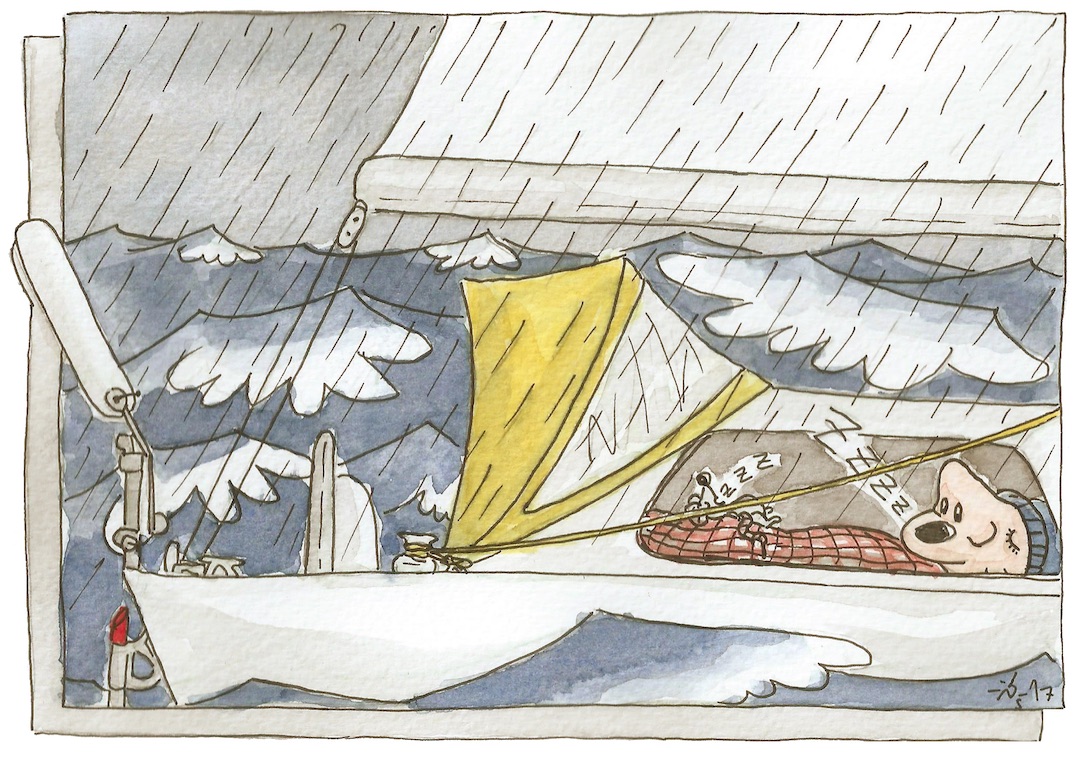
The halfway point of your event is the perfect time to report on some of the developments in windvane self-steering that appear not yet to have been fully understood by some who could benefit substantially by understanding them. My aim is to seize the unbeatable opportunity presented by the GGR to shed light on these matters and try once more to sweep away the old prejudices. Misunderstandings have practical consequences – practical consequences several of the GGR matadors have had the misfortune to suffer and, thankfully, the fortune to survive. Nothing tops real-world experience.
FLIP-FLOP-VANE
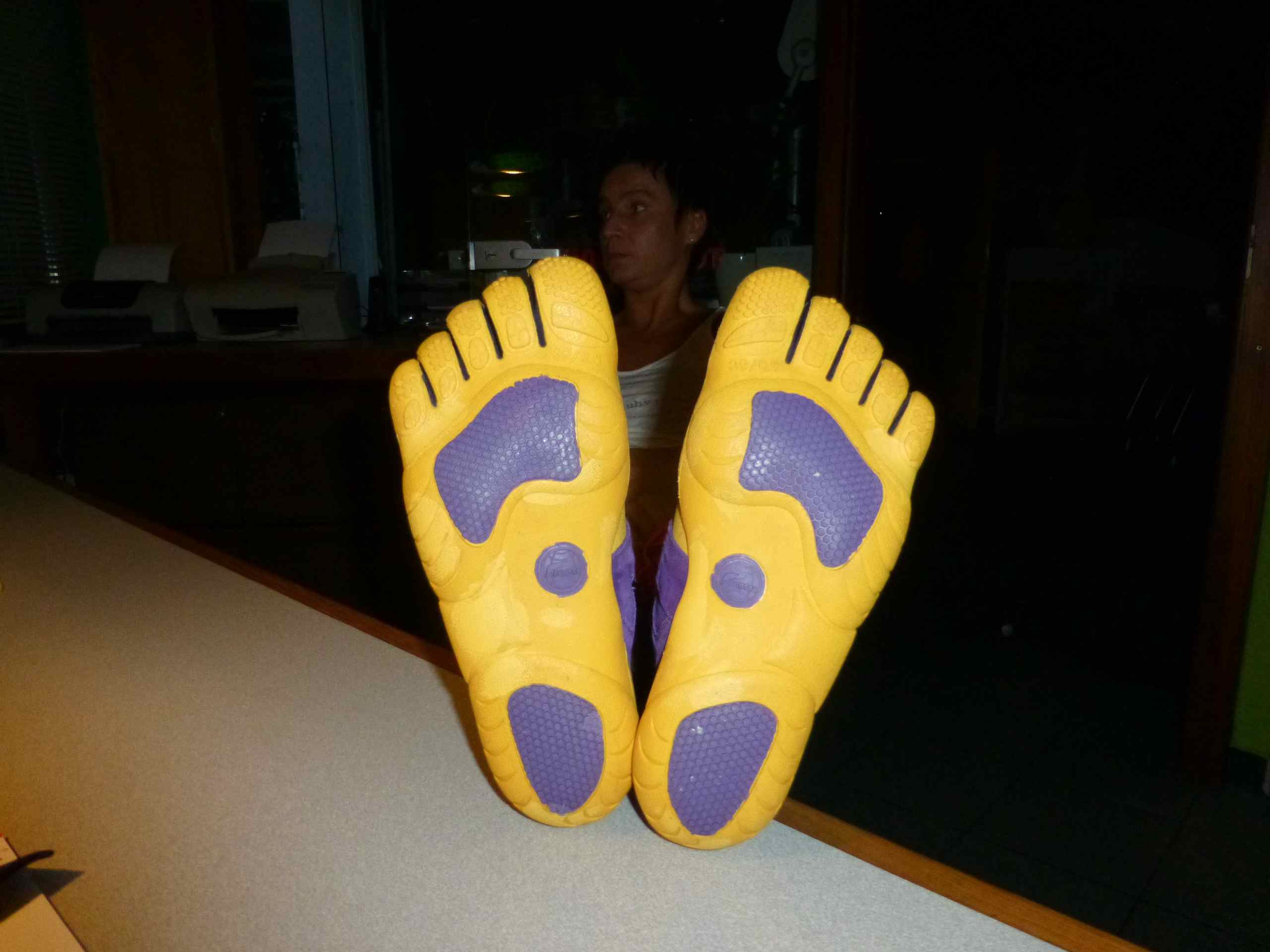
Judging by the comments it attracted, your pint-size
tutorial in Lanzarote was quite a hit with non-sailing Facebook users following the race. As with most complex subjects, however, a short video cannot hope to do more than scratch the surface. Hopefully some of your viewers were inspired to investigate further and as for those that weren’t, well, whatever it is that prevents them from sharing my enthusiasm for the subject that has drawn me from my bed every day for the last 43 years, it can’t have done them any lasting damage…
Sailors with more than a passing interest in silent self-steering potentially have much to gain from delving a little deeper into the current state of the art. The technology has leapt ahead over the last few decades and while the Monitor that took you around the world, the Aries you used to sell in your Australian homeland and the Hydrovane produced by your GGR event sponsor remain as effective as they ever were, the world continues to turn and progress has much to recommend it.
THE GOOD NEWS FIRST
Auxiliary rudder systems and servo-pendulum systems are equally suitable for GGR boats. Both are the right size for the boats used in the race and the designs available should not cause any problems for their users provided that they have been properly built from suitably robust materials and that the sailors who are to use them understand what they are getting (as Nabil, Philippe and Francesco all discovered to their cost, broken self-steering means the end of the race).
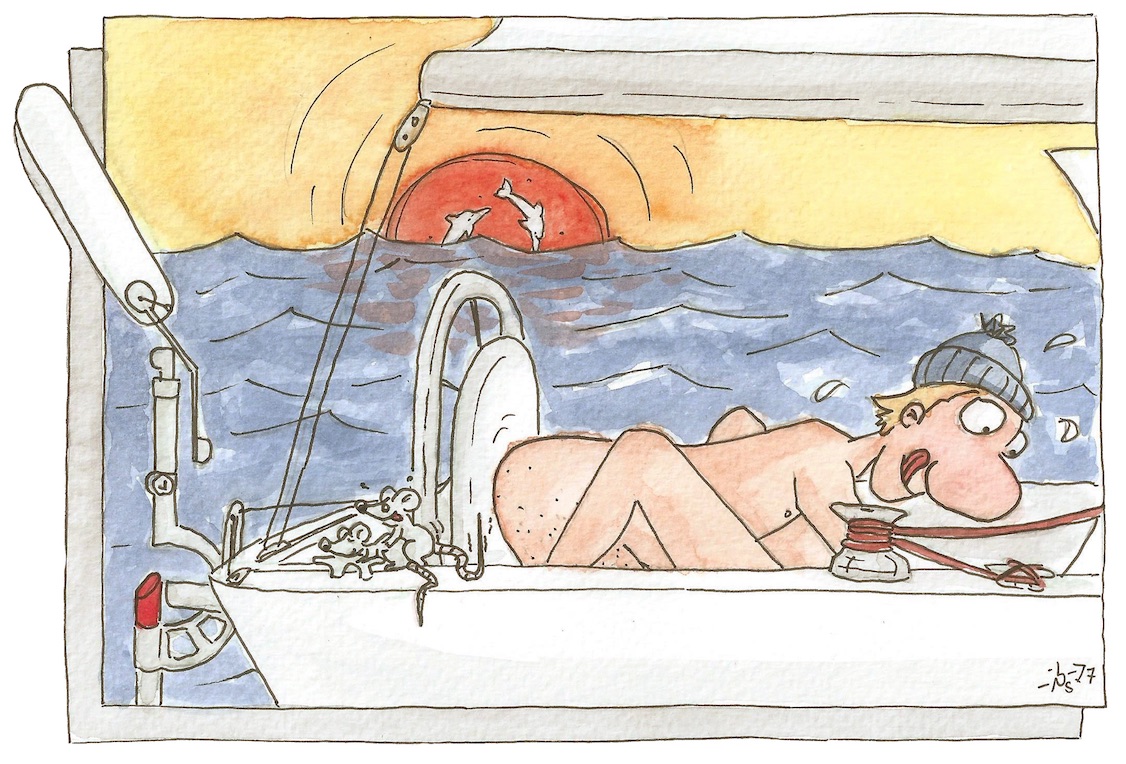
It would be remiss of me not also to point out that self-steering systems cannot reasonably be held liable for planning mistakes on the part of the skipper that only become apparent at sea.
Istvan’s chickens have come home to roost with a vengeance. The wheel steering package with which he retrofitted Puffin is not really suitable for the boat and makes life very difficult indeed for his windvane self-steering system, as a result of which he has had to spend a huge amount of time steering by hand and has at times found it a massive challenge simply to stay in the race. For reasons unknown, Istvan never happened to mention his steering modification to his windvane sponsor and consequently only became aware of the full implications once the race was underway (“My mistake!”, as he put it in the podcast). I am consequently following his progress particularly closely and not without a certain trepidation: Istvan’s Windpilot is constantly having to operate in the wrong gear, as it were, and it would not surprise me at all to see the wheel adaptor – the weakest link in the transmission chain – eventually give up under the effects of loads components of this type have never been designed to withstand. Luckily, Istvan had a very understanding windvane sponsor who stowed a spare Windpilot system in his forepeak along with a complete wheel adaptor and new brake linings. Relations between skipper and sponsor have not been straightforward so far, it is fair to say, and it will be interesting to see how they develop.
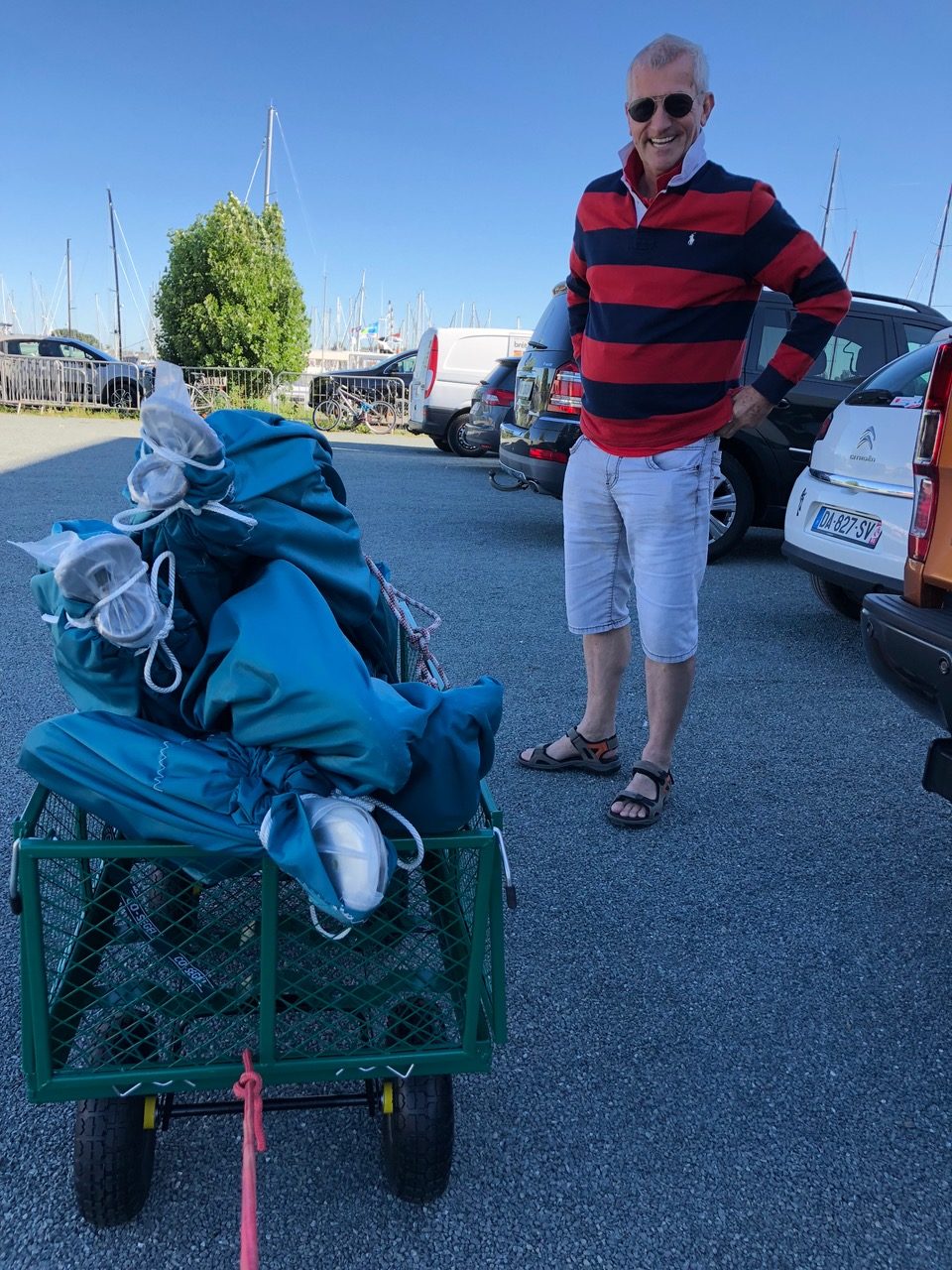
All of the GGR participants using a Windpilot have a complete spare system tucked away somewhere on board. Tapio’s face was quite the picture in Les Sables when I presented him with his spare Windpilot. He would obviously have quite liked to hand it straight back to me and save himself the daunting task of trying to find space for it on his already overcrowded vessel, but reason won out in the end.
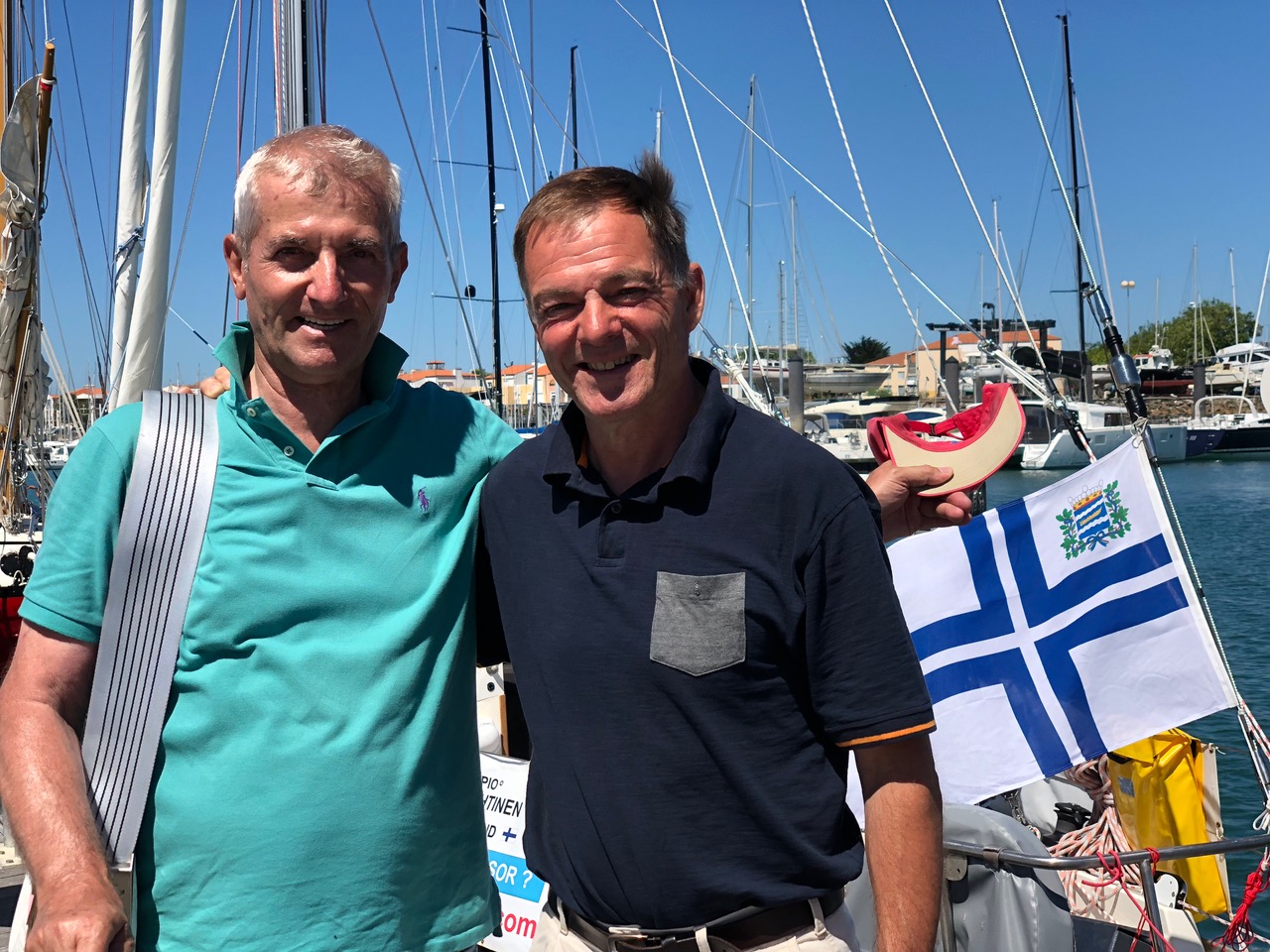
All being well, when Tapio finishes I will receive back from him an as-new system with the distinction of being the first Windpilot to sail around the world without leaving its bunk. Another of my fleet of spare GGR Windpilots – still safely tucked away in its sail bag – has recently arrived in Mindelo according to Antoine, who contacted me the day before yesterday from the Cape Verdes having just flown in to visit his delivery crew. And of course there’s a third bobbing around out there somewhere between India and Antarctica. I would hazard a guess that Thuriya is the only yacht anywhere in the world right now to have a Windpilot at both ends (one resting up front and the other striving in vain to control a boat with no mast) and no crew in the middle.
Technical details of all windvane self-steering systems
THE RULES IN BRIEF
– Physics always has priority: windvane systems cannot circumvent the laws of nature!
– And none of them has magical powers either.
– They have no eyes, so they cannot see breaking seas approaching.
– They are as persistent and indefatigable as they are quiet and unimaginative.
– The skipper must be prepared to put the windvane’s needs before his/her own.
– The skipper is responsible for trimming the boat and sails and must attend to trim before continuing his/her novel/nap/ham radio chat.
Anyone who struggles to make sense of a windvane self-steering system from one of the reputable brands needs to RTFM or contact the manufacturer for enlightenment.
TRADITIONAL VERSUS MODERN
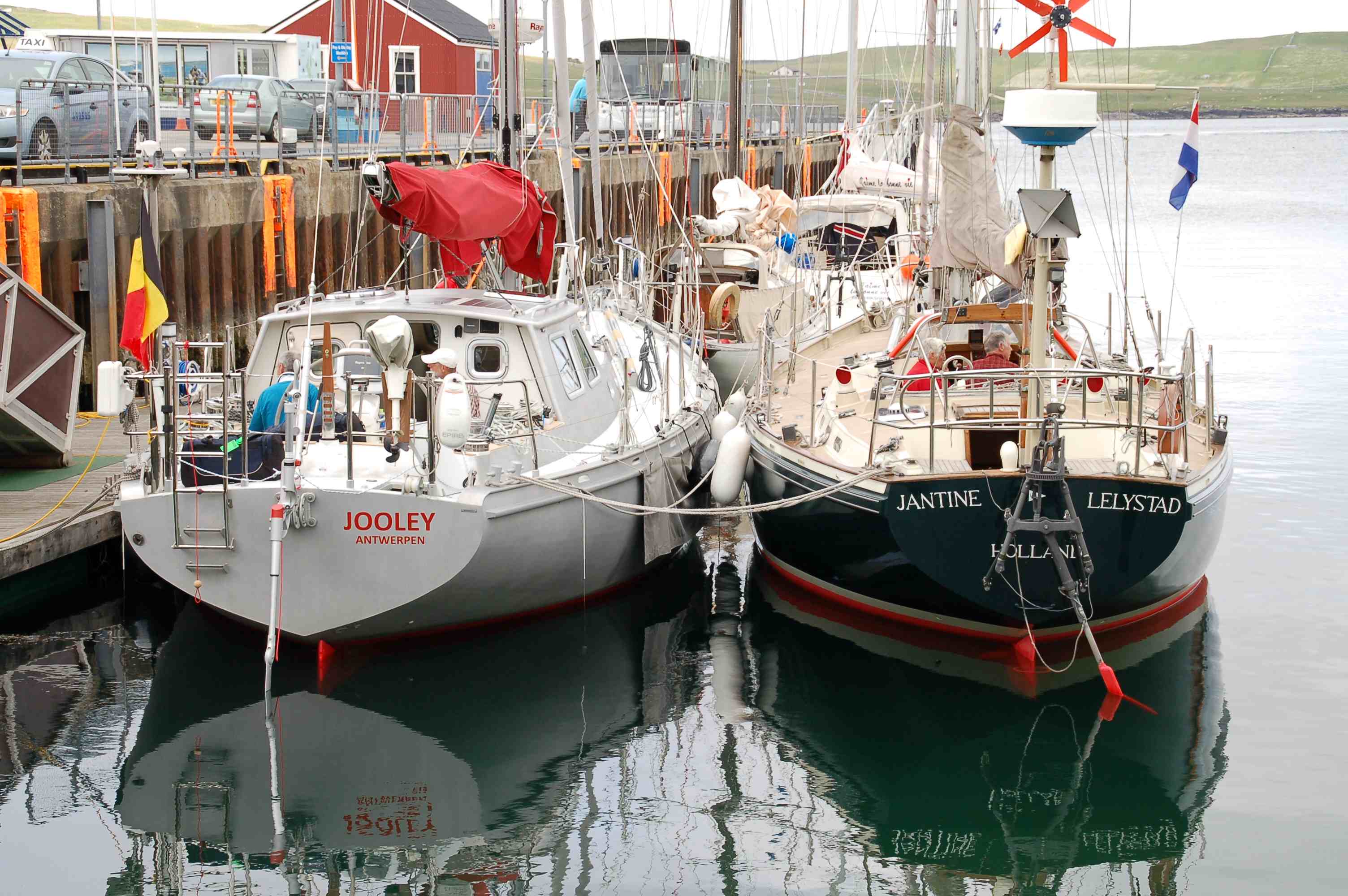
The real quantum leap occurred in the mid-1980s, so even the modern systems have had time to sell in their thousands and acquire old favourite status with their aficionados.
ARIES (Nick Franklin) and WINDPILOT (John Adam) were already offering sailors options in 1968 and went on to inspire a veritable flotilla of derived designs. The Aries served as the model of choice for Gene Mervin, who gave the world the MONITOR system. California-based Mervin sold the business on to Swedes Carl Seipel and Hans Bernwall (it was Bernwall who first came up with the “Saint Aries” monicker) in 1981 and it changed hands again in 2014, when Hans passed the reins to Mike Scheck and redirected his efforts into enjoying retirement and his view of San Francisco Bay.
Dane Peter Matthiessen acquired Aries from Nick Franklin in 1992 and only sold it, to Dutchman Lean Nellis, in 2015 having decided to sail off to Brazil.
ARIES and WINDPILOT: HERE´S LOOKING AT YOU
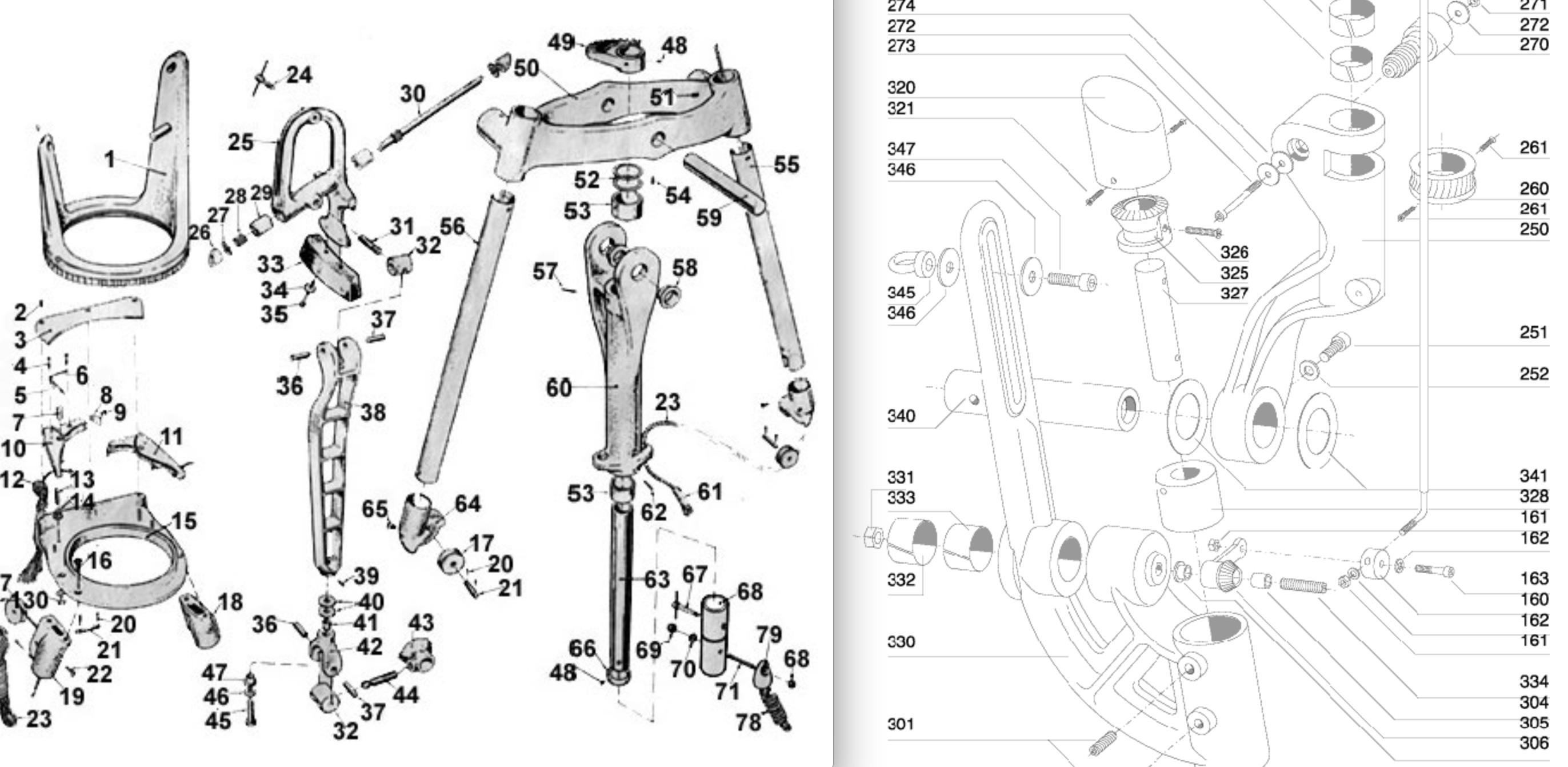
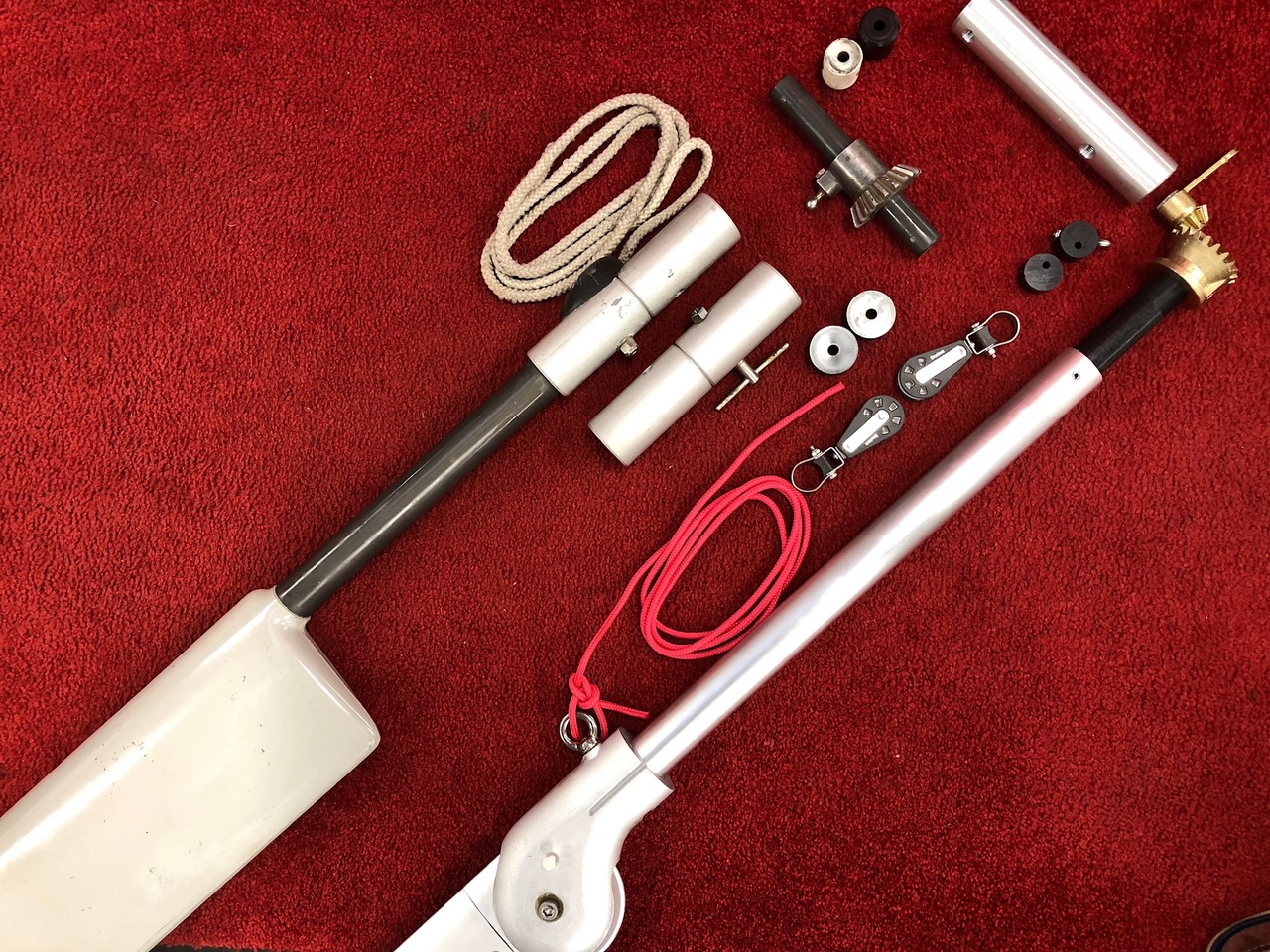
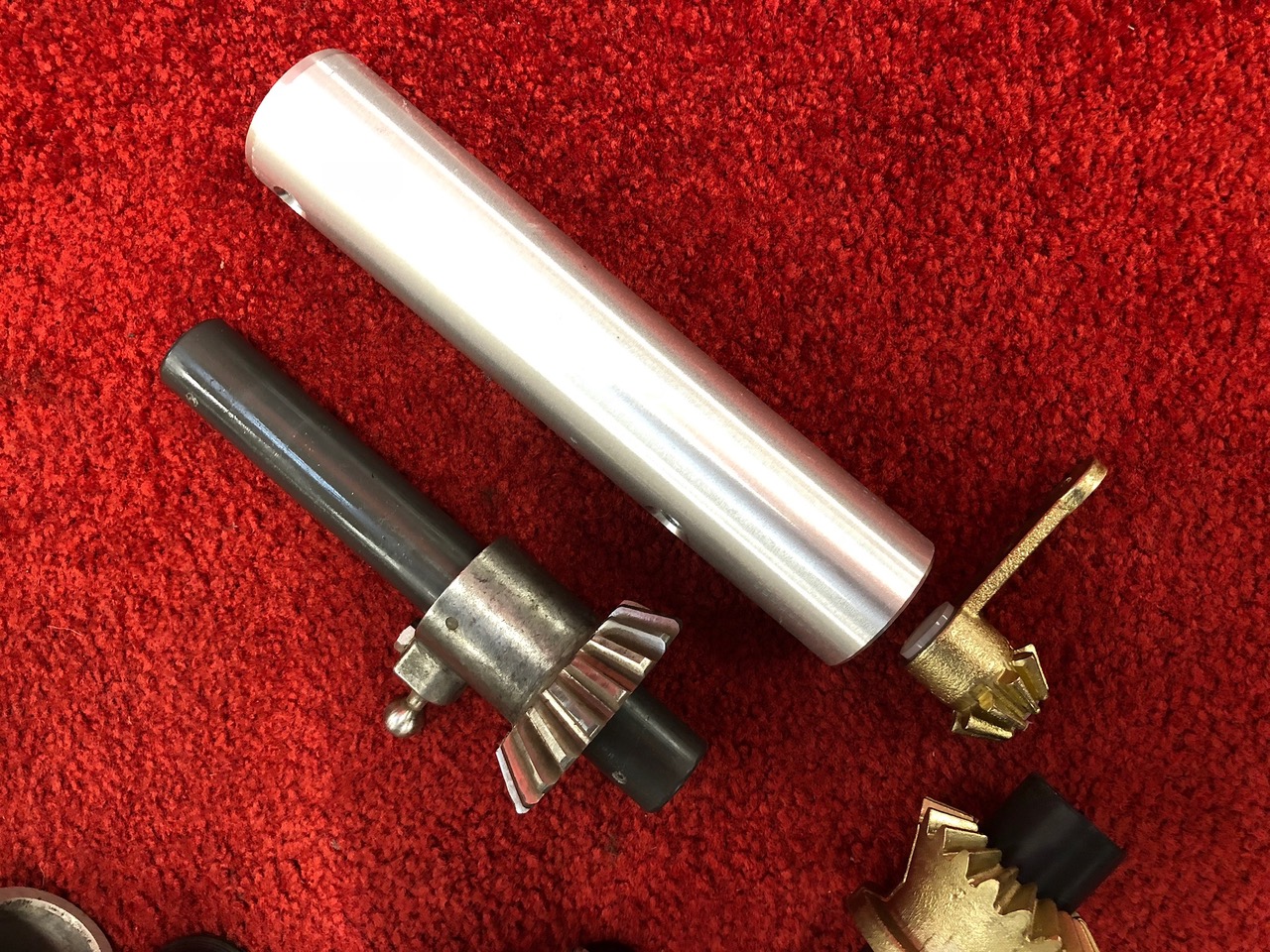
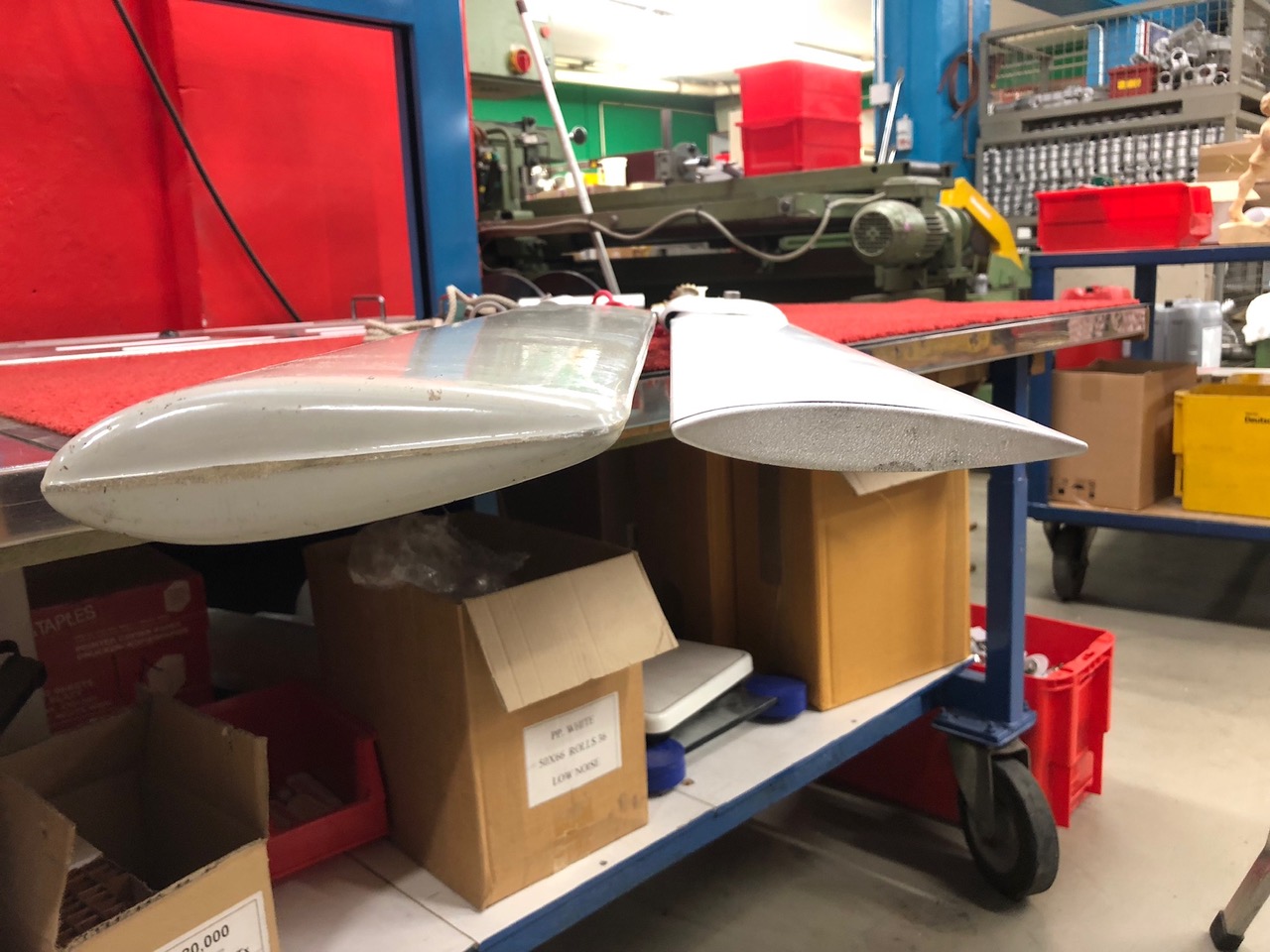
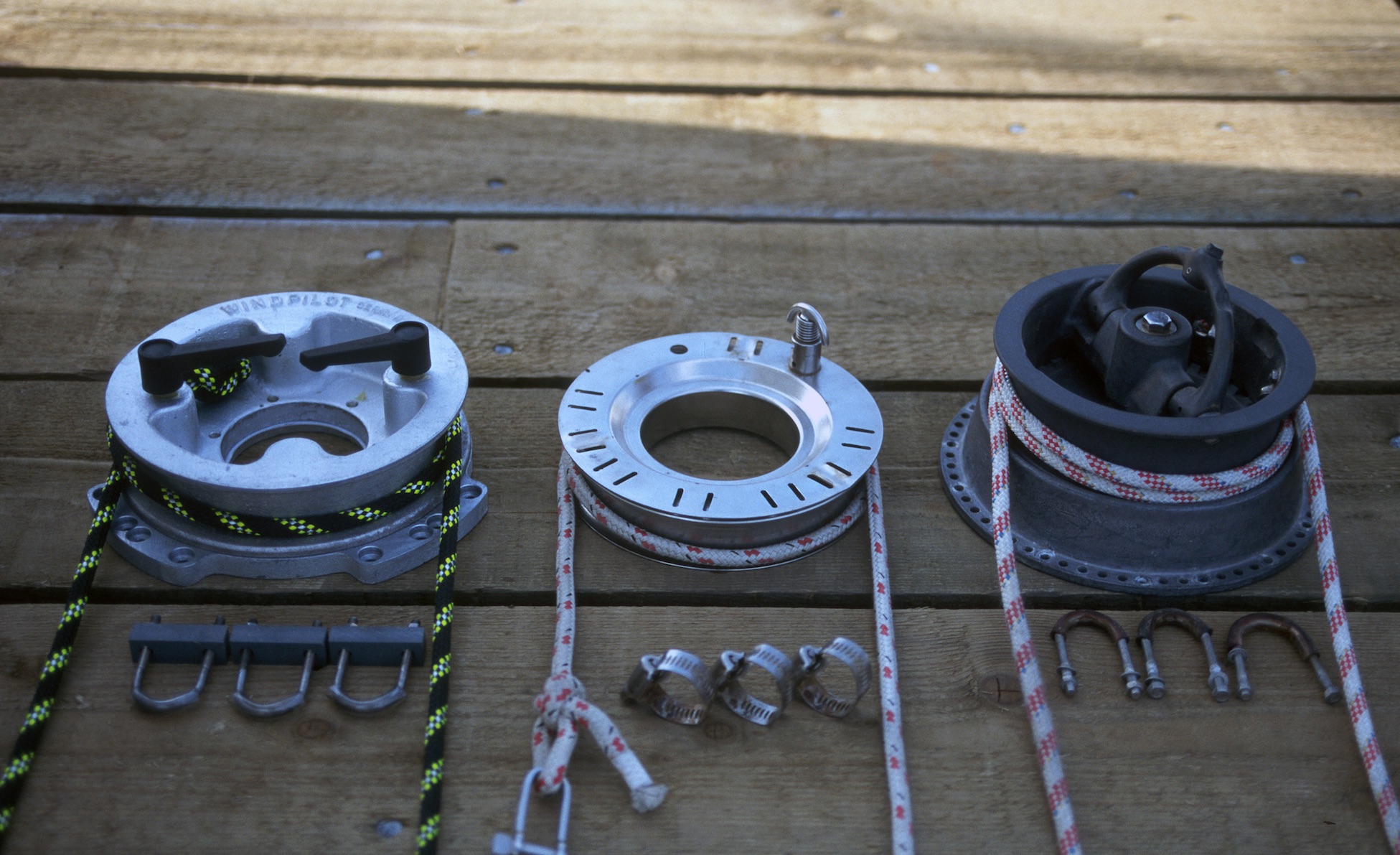
Windpilot (my baby since 1976) probably has the strongest track record of innovation in the sector on account of my own irrepressible curiosity.

That the developments flowing from that curiosity would inspire so many would-be competitors to tread a (quite remarkably) similar path I could never have imagined. Read the – sometimes flattering, sometimes downright sordid – details here:
SERVO-PENDULUM VERSUS AUXILIARY RUDDER AND DOUBLE RUDDER
Derek Daniels’ HYDROVANE, manufactured in the UK in much the same form for decades, was the third member of the group. When Derek started seeking a buyer for his life’s work around the year 2000, I was apparently one of the first people he approached (something I tend to put down to his belief that there was a connection between the rise of Windpilot and his own declining sales figures). The current proprietor, John Curry, took over Hydrovane in 2001 but appears to have left the production side of the business with the original manufacturer.
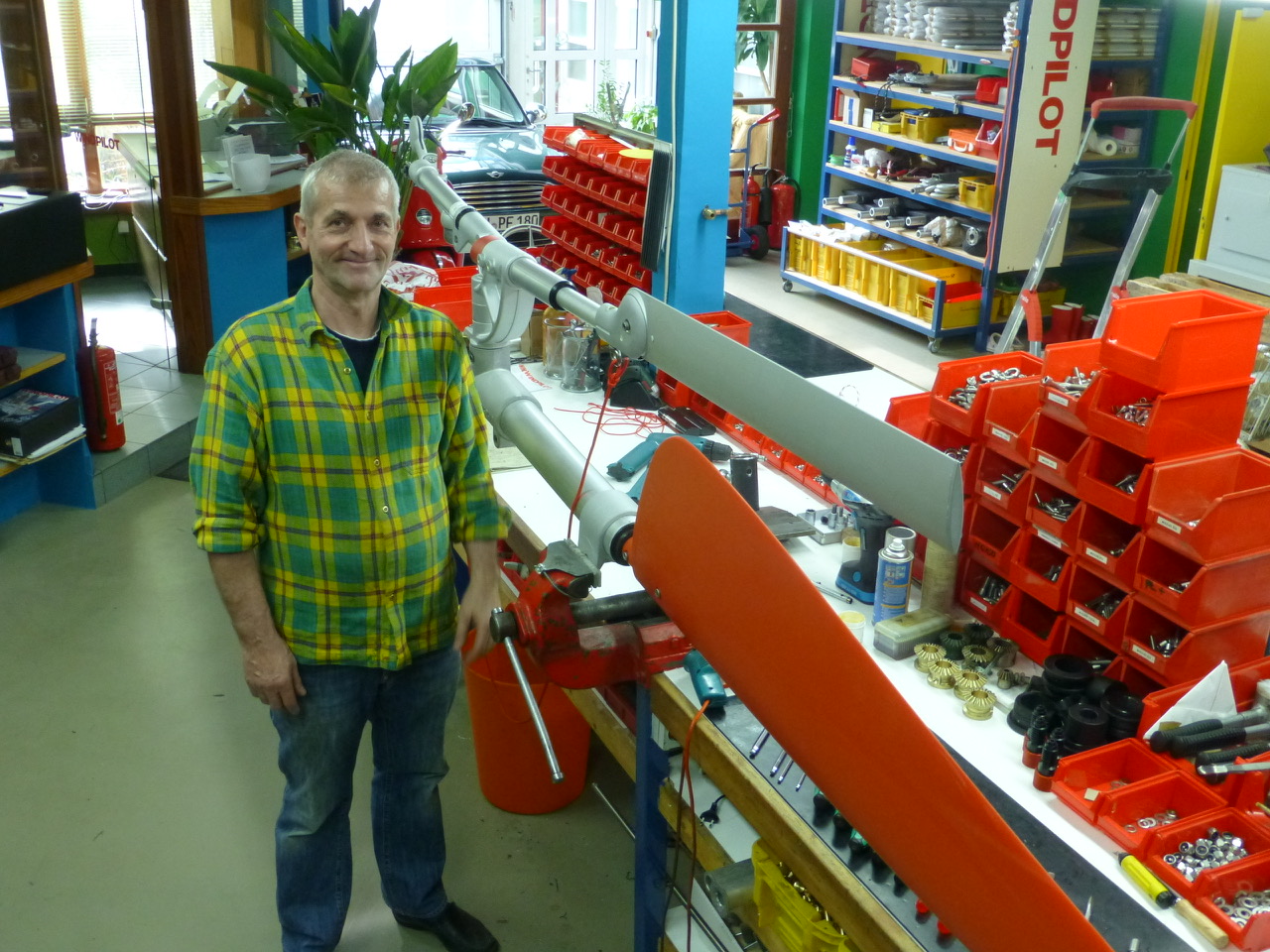
My twin PACIFIC and PACIFIC PLUS systems came into the world in 1985 embodying what I considered to be all of the key features of a state of the art windvane self-steering system. Having both system types (auxiliary rudder system and servo-pendulum system) in my arsenal meant that from then on, I could advise sailors in detail on the relative merits of the two options objectively without having to worry about the impact on my sales.

Tapio and I spent a long time discussing the possibility of using the Pacific Plus, but I was eventually able to persuade him that the Pacific would be a better choice for his needs. The options also had a thorough airing with Antoine and Igor – with the same result. Abilash, on the other hand, didn’t have to worry about choices: a servo-pendulum system was always going to be the only possibility with a boat like his.
WHY? WHEREFORE? HOW SO?
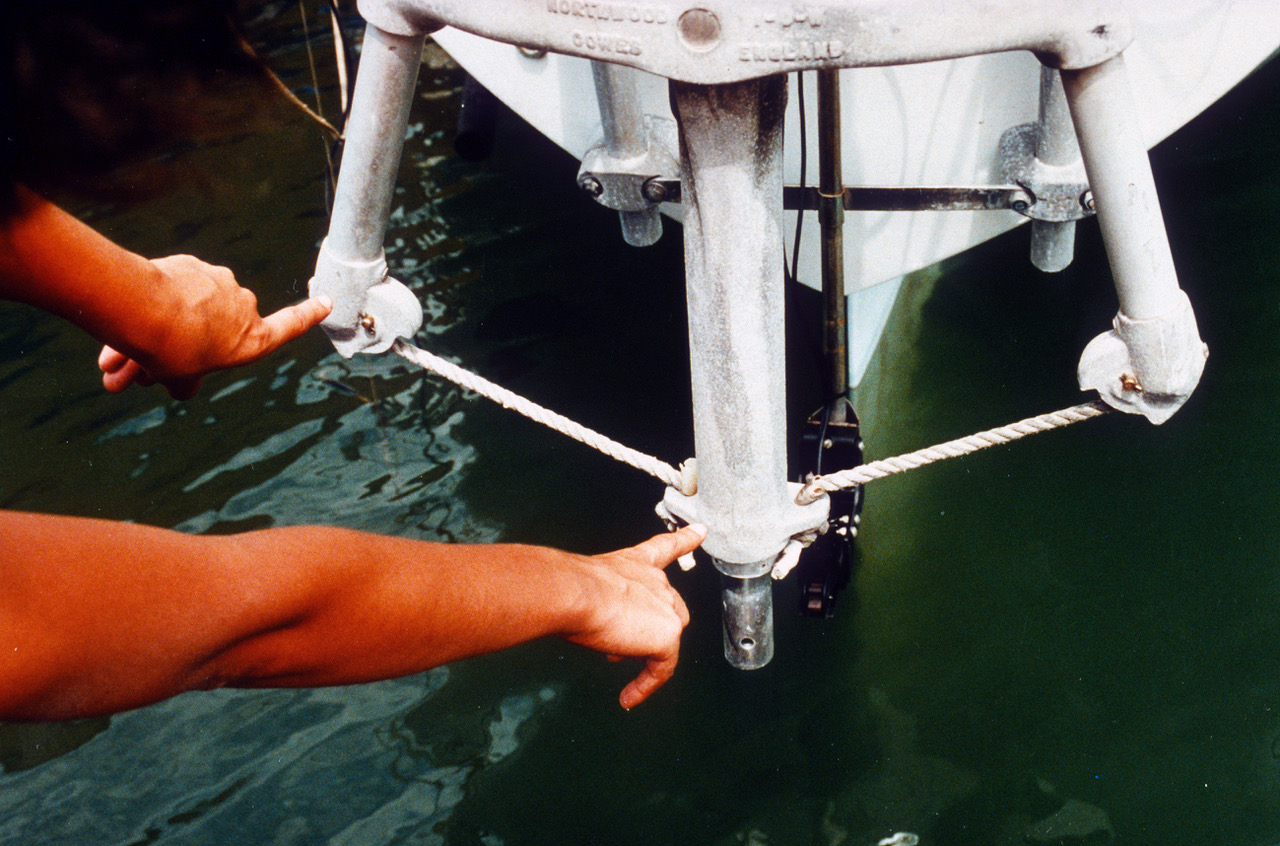
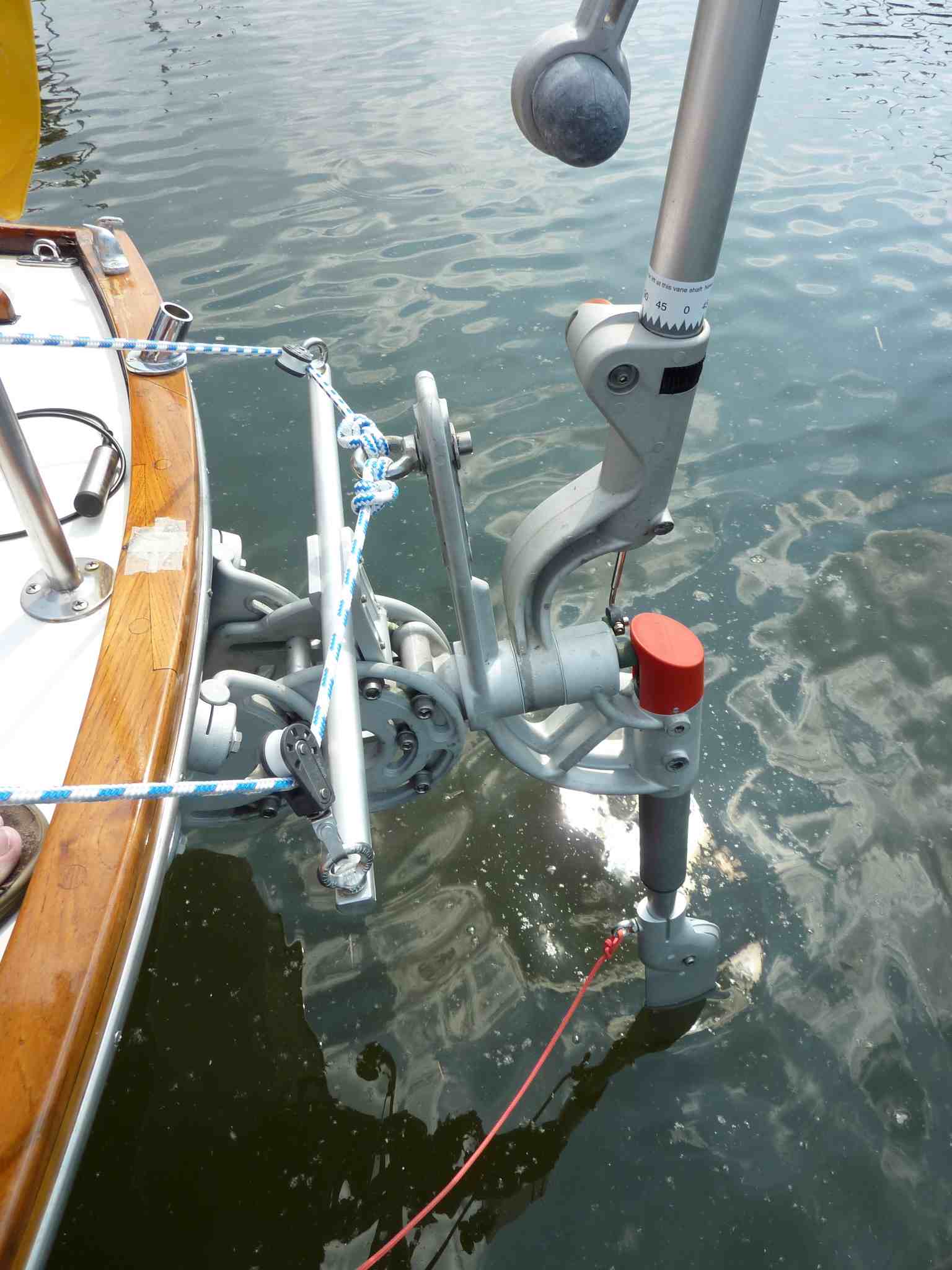
The Aries, Monitor and Windpilot servo-pendulum systems are identical in that all have a 2:1 bevel gear at the heart of their transmission system. The Aries and Monitor also both have the lines that transmit the steering force to the helm attached low down on the pendulum arm, but the Windpilot design (in a move that – for me at least – marked the beginning of the modern era for windvane self-steering systems) shifted this attachment point to the upper end of the pendulum arm.
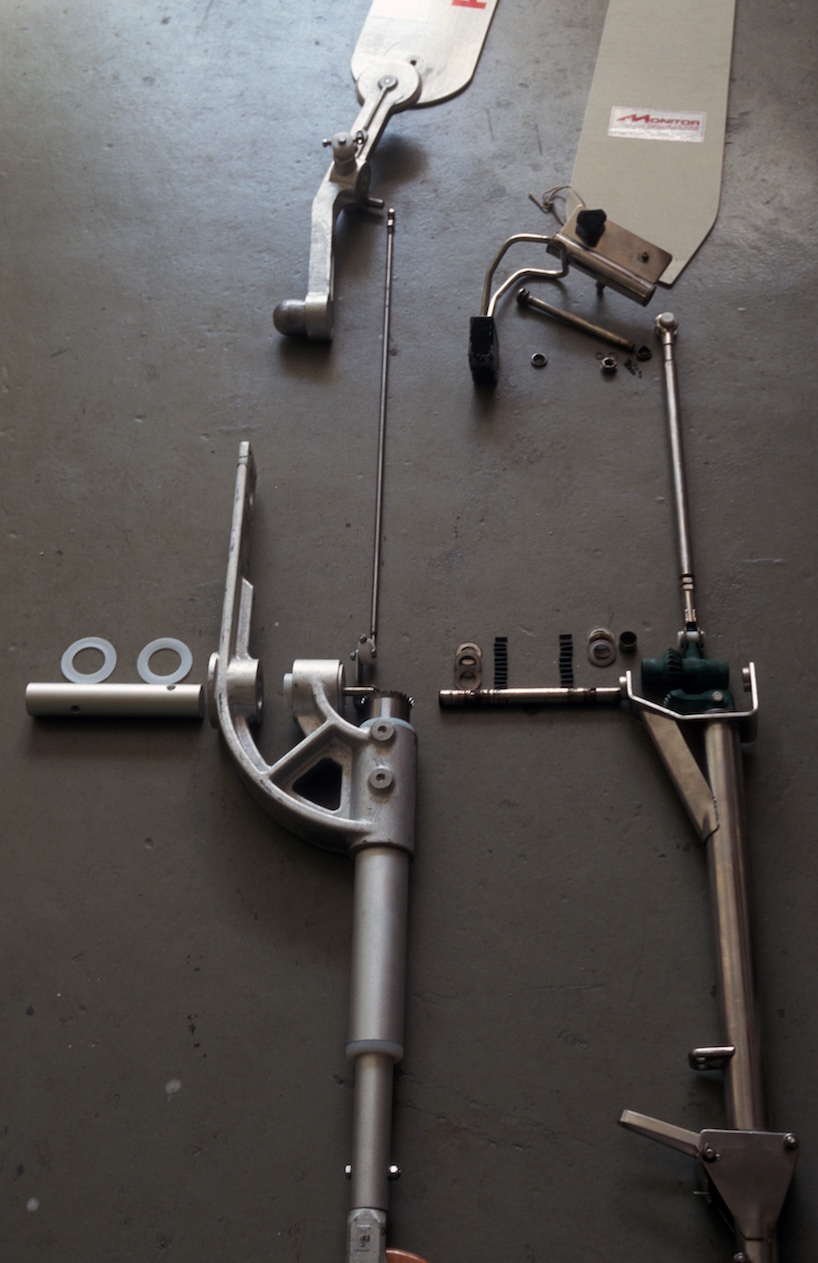
THE ADVANTAGES AT A GLANCE:
– Shorter transmission lines
– Fewer turning blocks
– Easy lift-up for more convenient everyday use
– Infinitely adjustable force transmission for different wheel steering systems
– Compact design for a tidier and more attractive stern
– Simplified installation with a highly versatile mounting bracket system
– Improved signal transmission for greater responsiveness downwind
– On modern boats, little if any of the windvane system protrudes beyond the trailing edge of the transom in the lift-up position (thanks to the mounting point being inboard of the trailing edge), which protects sensitive components from manoeuvring mishaps in port. The trick is having the central pivot positioned at an angle.
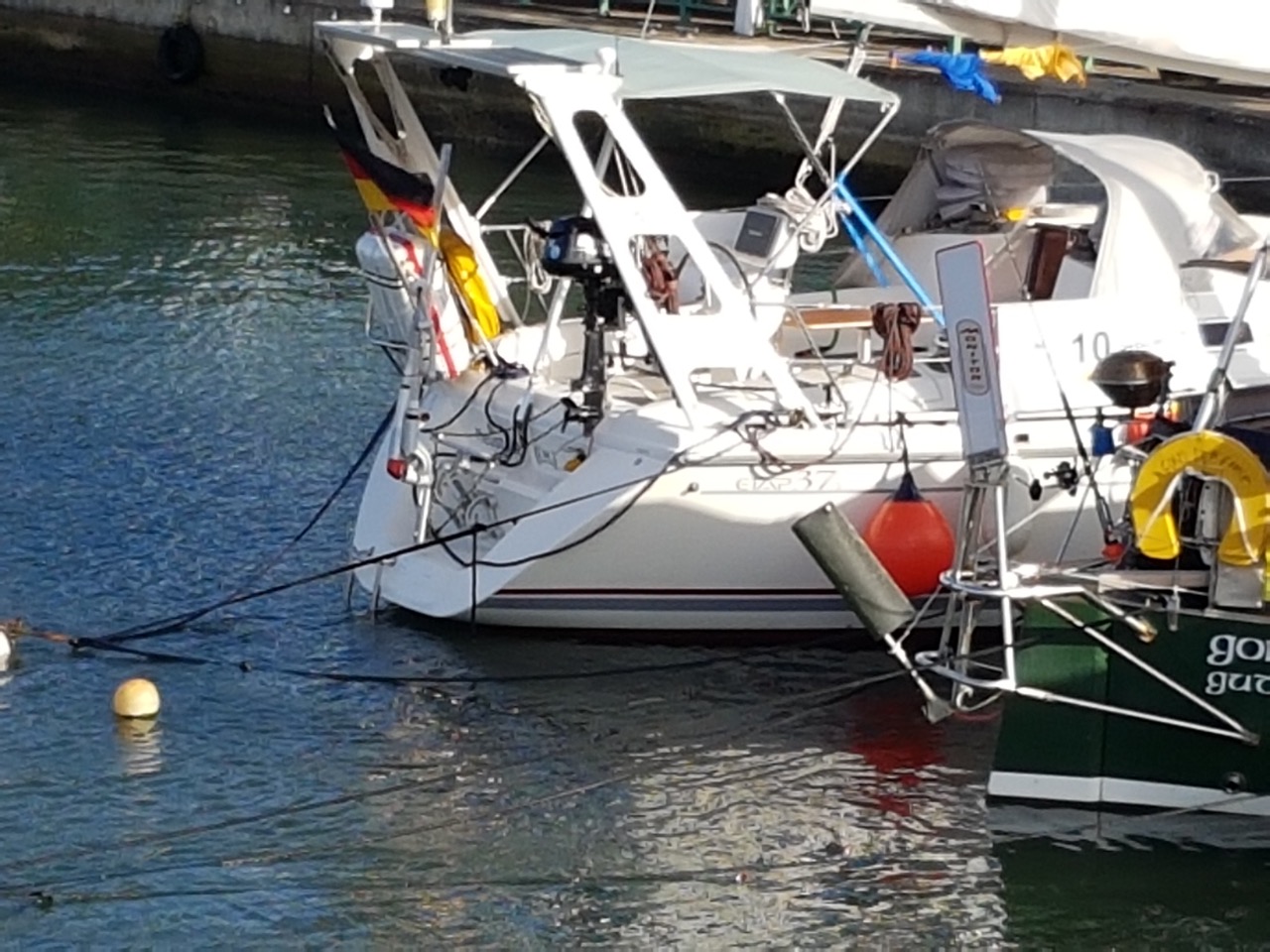
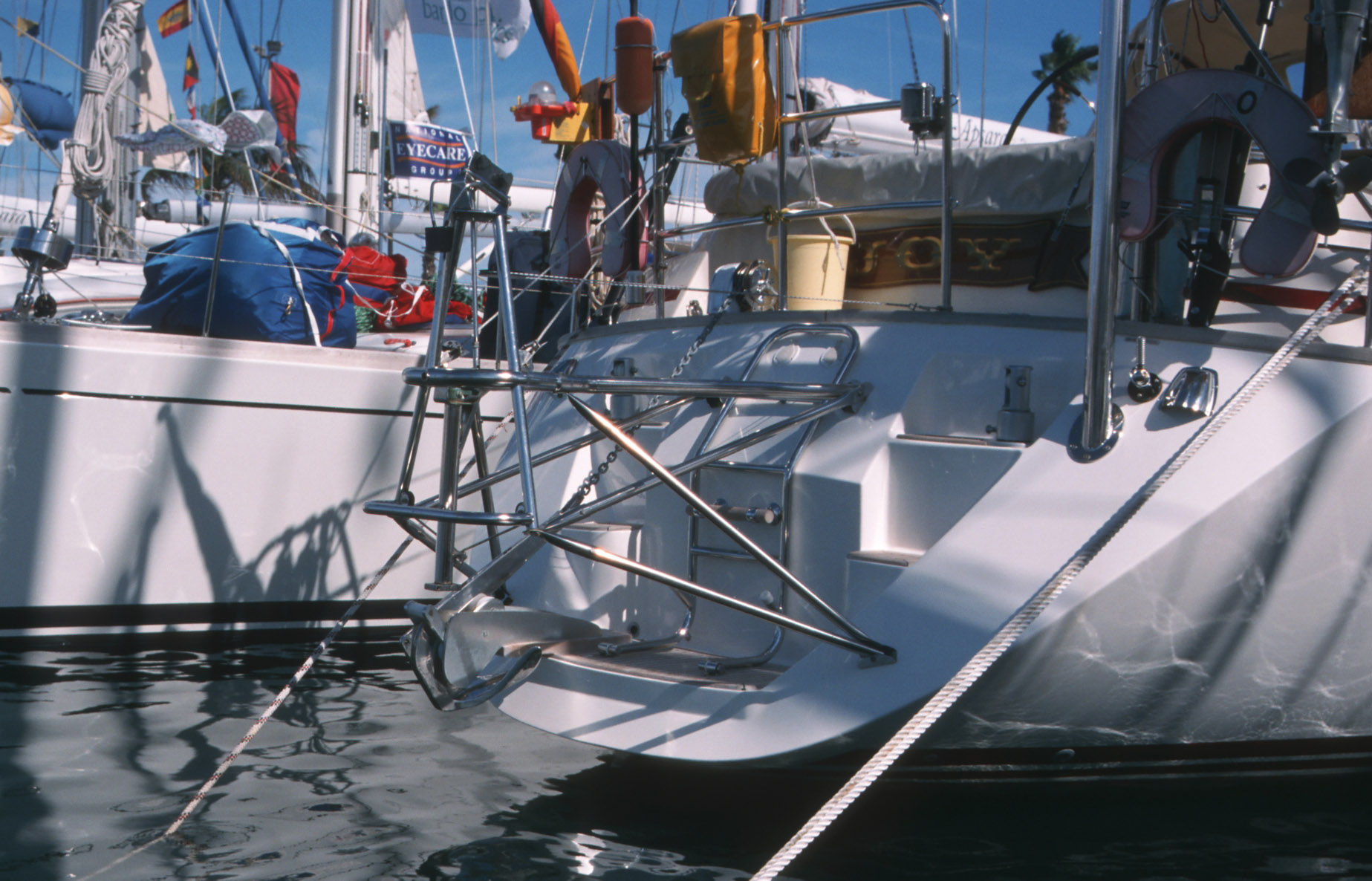
The two things that prevent the Aries and Monitor designs becoming even more popular are probably their appearance and the difficulty of lifting them up out of the water when not in use. An elegant look and easy lift-up have become unique selling points of modern systems, opening the door to broad-based market access.
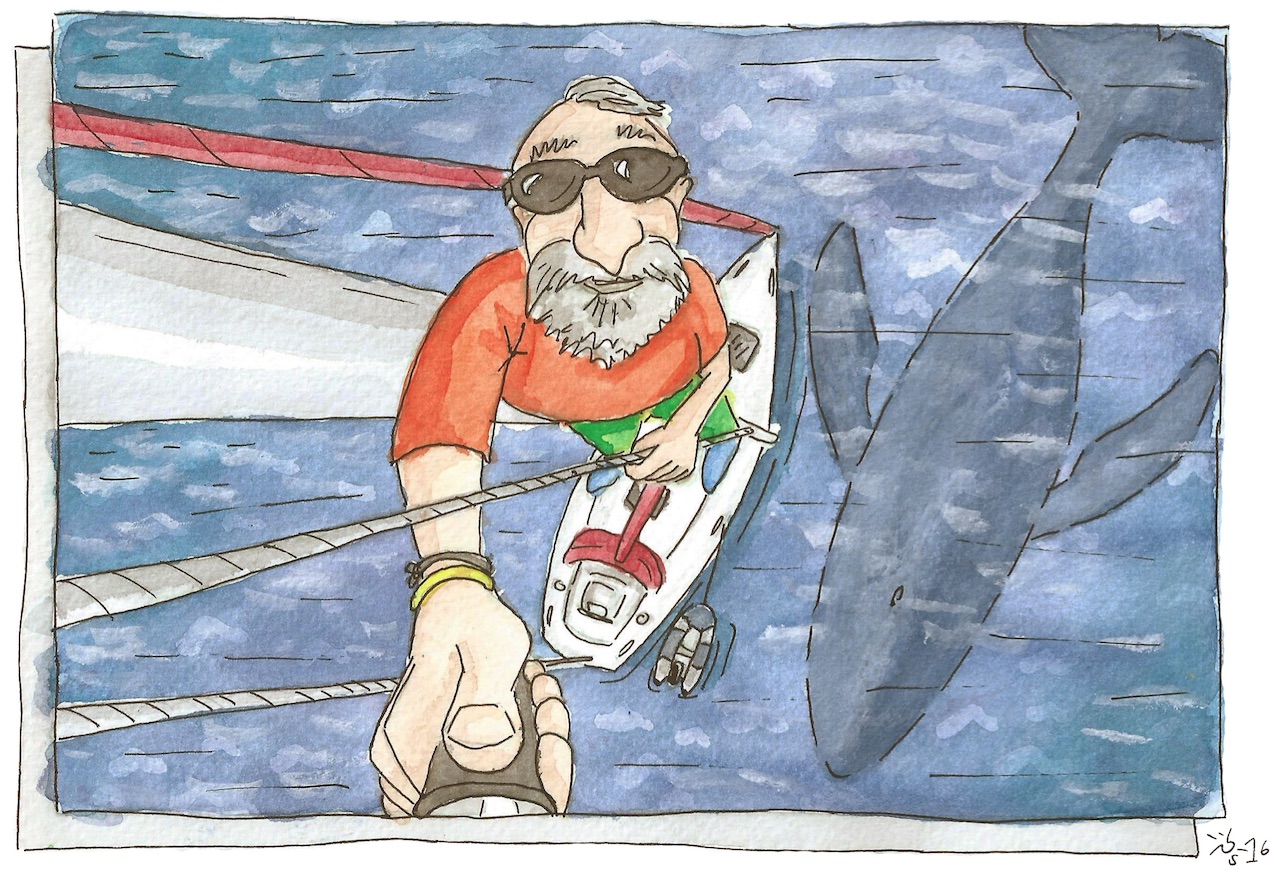
Venturing into the higher latitudes of the Southern hemisphere entails a different set of requirements for windvane self-steering systems on account of the more challenging weather and sea conditions consistently encountered there. Which brings me back to the GGR.
THE GGR AS ROAD TEST
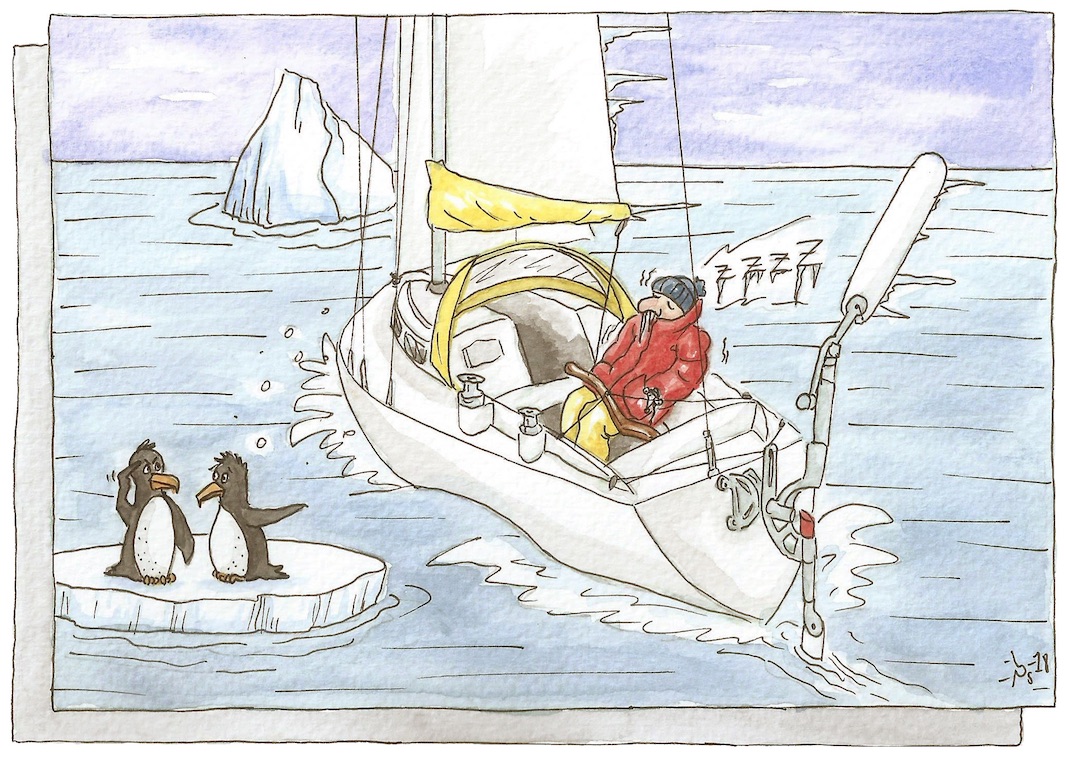
The GGR so far has been attritional (to say the least) but the participants are all consenting adults and it does a disservice to those still in the race to spend too much time talking about those who are not. The focus on windvane self-steering systems, however, provides an opportunity to highlight some interesting conclusions that, while old news to most of us in the business, have yet to be taken on board by many sailors.
OVERLOAD PROTECTION
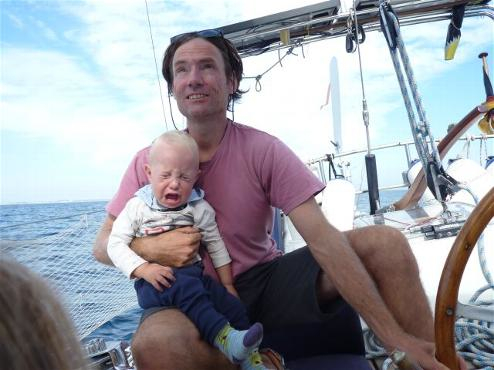
Windvane self-steering systems necessarily occupy an exposed position right at the back of the boat, so it is essential to think carefully about how to prevent damage to the boat and/or system in the event of exceptional loading (due to collision with flotsam, for example). This is basic stuff for manufacturers – after all what good is a windvane system if it generates forces too great for the transom to handle? I heard once of a Norwegian-flagged GRP boat that gave the owner’s children in the aft cabin a thrill and an unexpected view of the Atlantic by shedding its transom and the windvane system bolted to it. The boat was from a French manufacturer, but unfortunately I have forgotten which one it was…
Auxiliary and double rudder systems place considerable loads on the transom, so proper reinforcing must be provided if – as seems to be the case with too many modern hulls – the existing laminate is insufficiently robust. This is not just my opinion: the Hydrovane manual is emphatic in its advice to “over engineer” the installation.
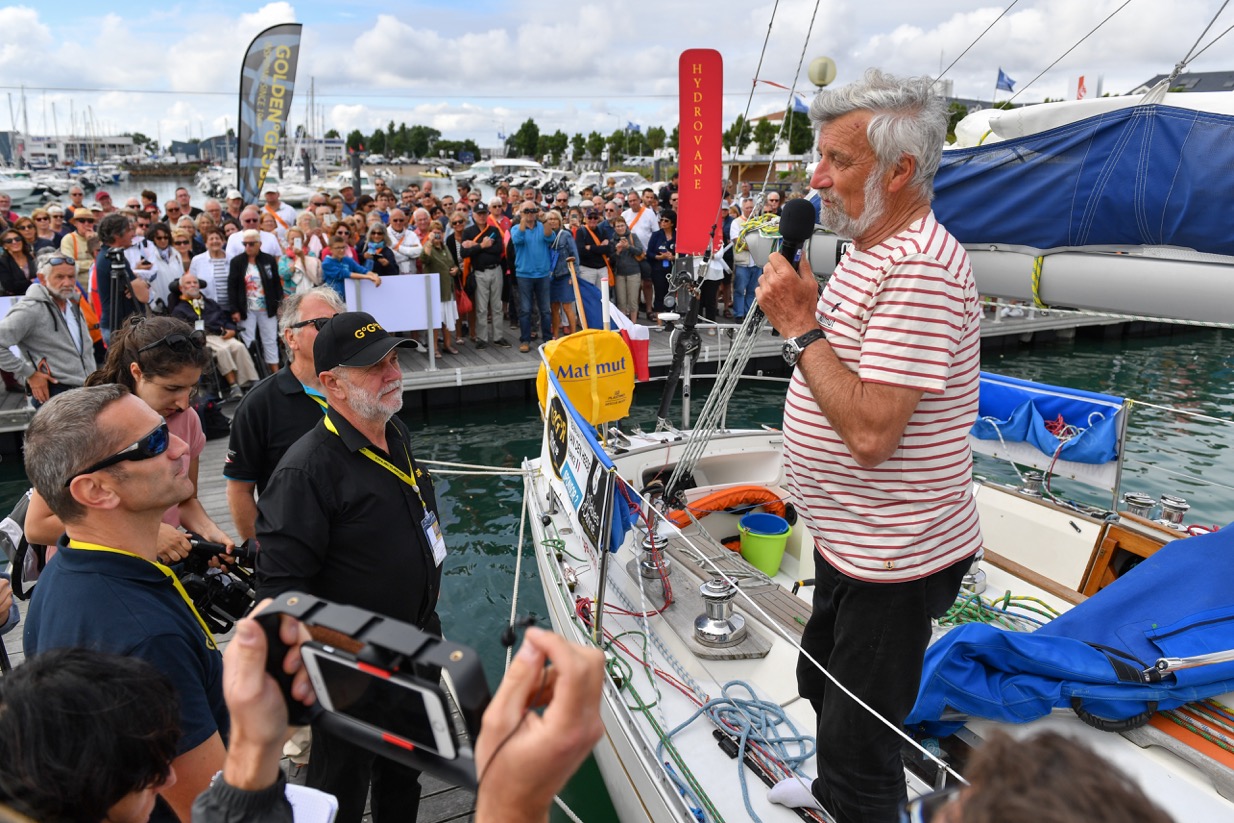
Watching a video of Matmut being launched, I noticed that the boat’s English previous owner had been content to mount the Hydrovane with just a single strut on the lower part of the transom. My heart sank when I saw this, as I just couldn’t imagine such a weak connection standing up to the lateral loads it was likely to encounter. I needn’t have worried though: by the time I came to speak to Jean-Luc about it in Les Sables, he had already had the same thought and added a V-shaped brace for extra strength
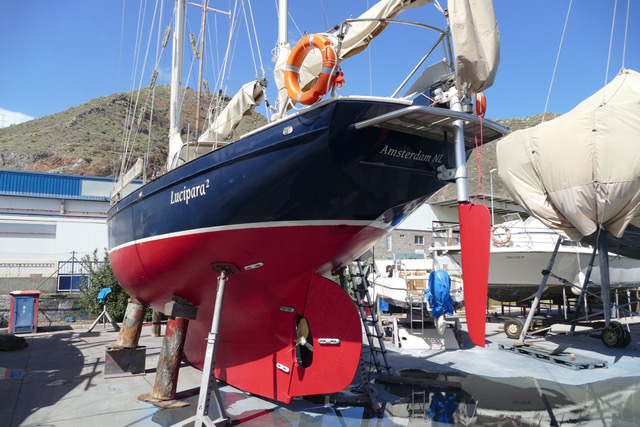
Auxiliary rudder systems are particularly susceptible to collision damage from unidentified floating objects due to their fixed rudder shaft. Istvan, for one, was reluctant to fit a Hydrovane because he knew he would not be able to replace a damaged rudder from on deck (a particular issue for him as his Tradewind 35 has considerably more freeboard than the Rustler 36). Ease of access to the shear pins is another matter of significant concern: not all sailors have the knowledge and foresight that caused Jean-Luc to take a mini inflatable boat with him to bring the otherwise virtually inaccessible pin within reach.
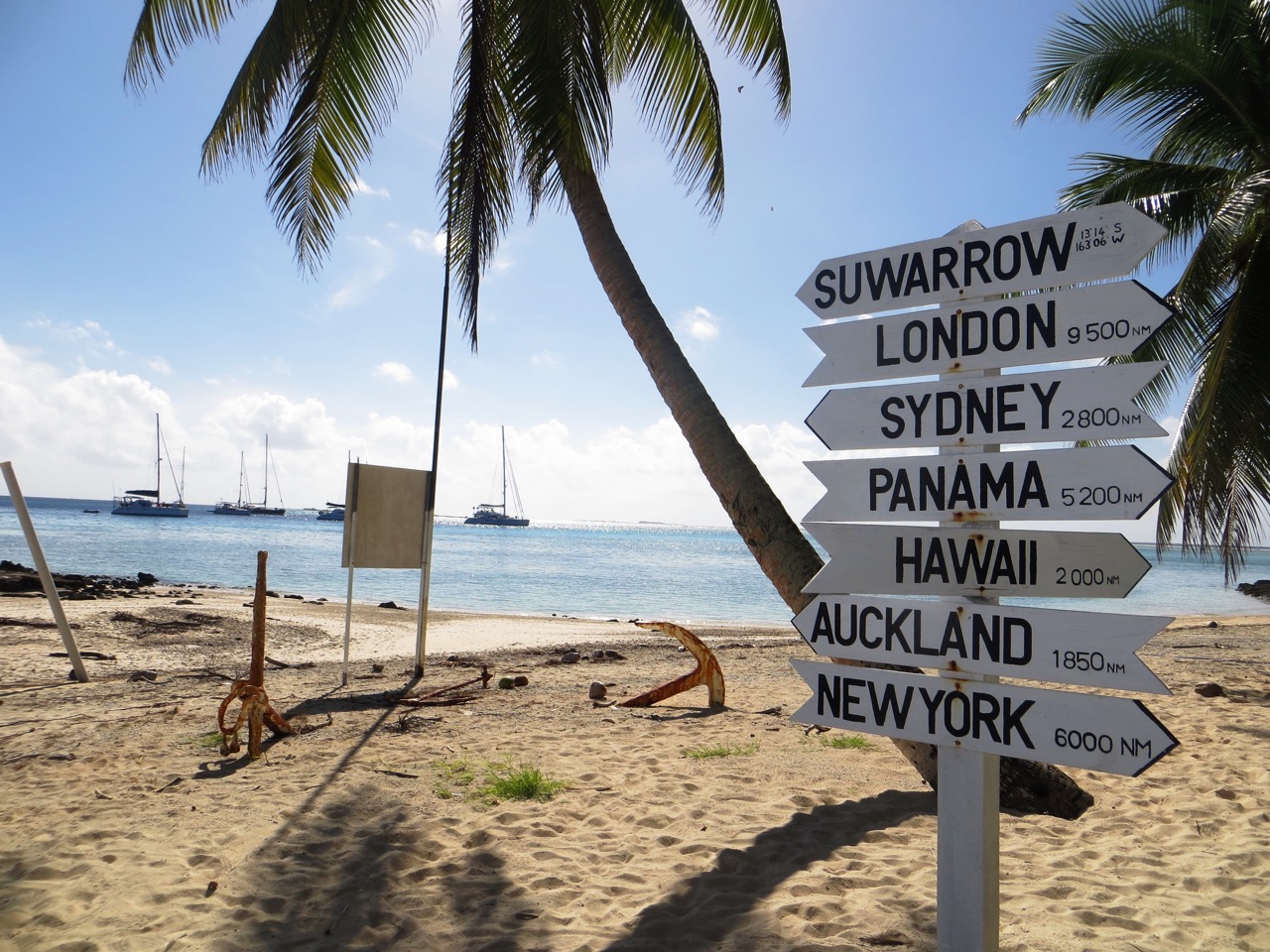
I was also interested to hear you mention in one of your “lessons” that the people at Hydrovane recommend replacing the shear pins regularly. Isn’t this going to be rather a tall order for non-stop sailors without Jean-Luc’s superhuman skills? – Jean-Luc has in fact modified this part of his system, replacing the pin (secured by a spring) with a robust nut and bolt. A similar solution has been used successfully for years on my Pacific Plus systems.
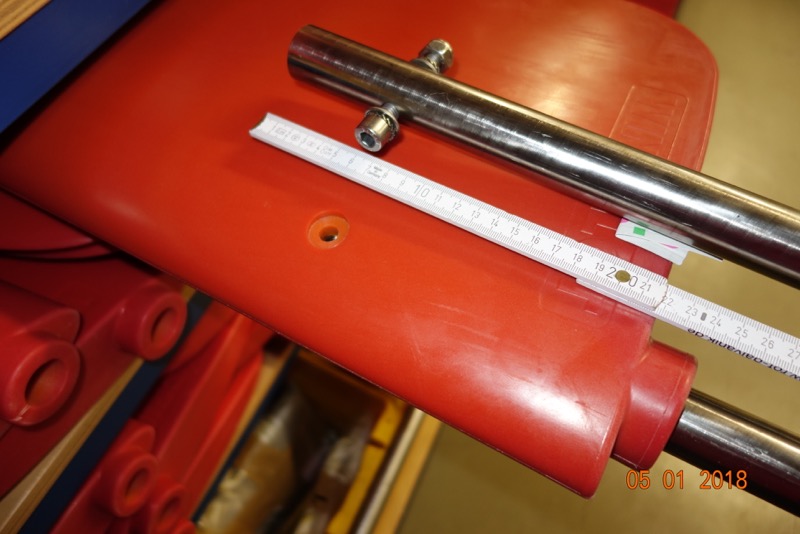
Jean-Luc’s vast experience led him to modify another key detail too: it seems that he reduced the length of the tether on his auxiliary rudder so that once attached to the transom, it was so short that if the pin broke (which it did), the rudder could rotate freely on its shaft but could not drop out into the sea. Working with sailors who have such a refined understanding of their hardware would be a boon for any manufacturer. There would be a lot less grey hair in the business if all sailors were as prudent and clever with their windvane self-steering system as the remarkable Jean Luc.
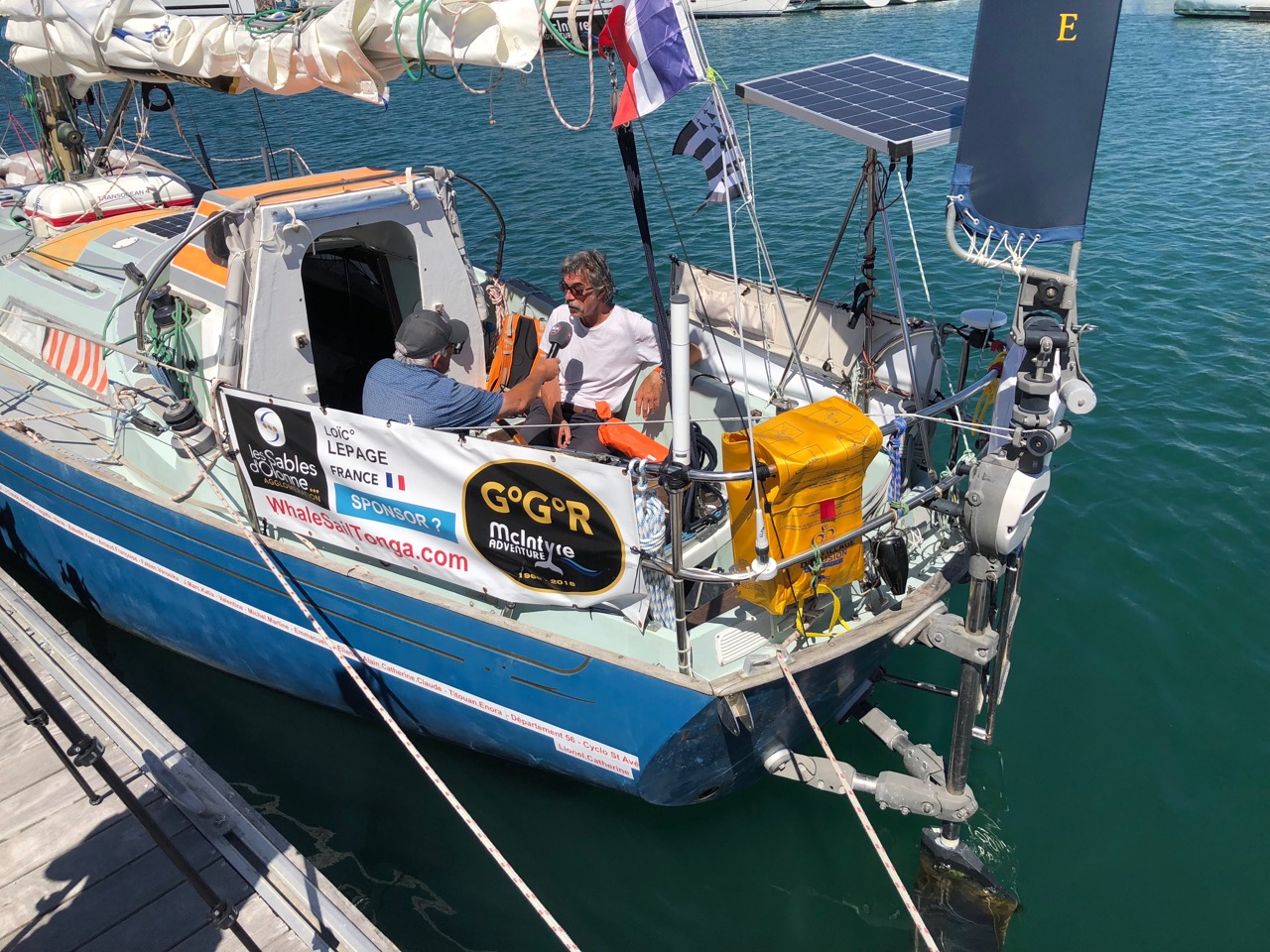
It appears that Loic too suffered a broken shear pin, replaced from his stock of spares on board.
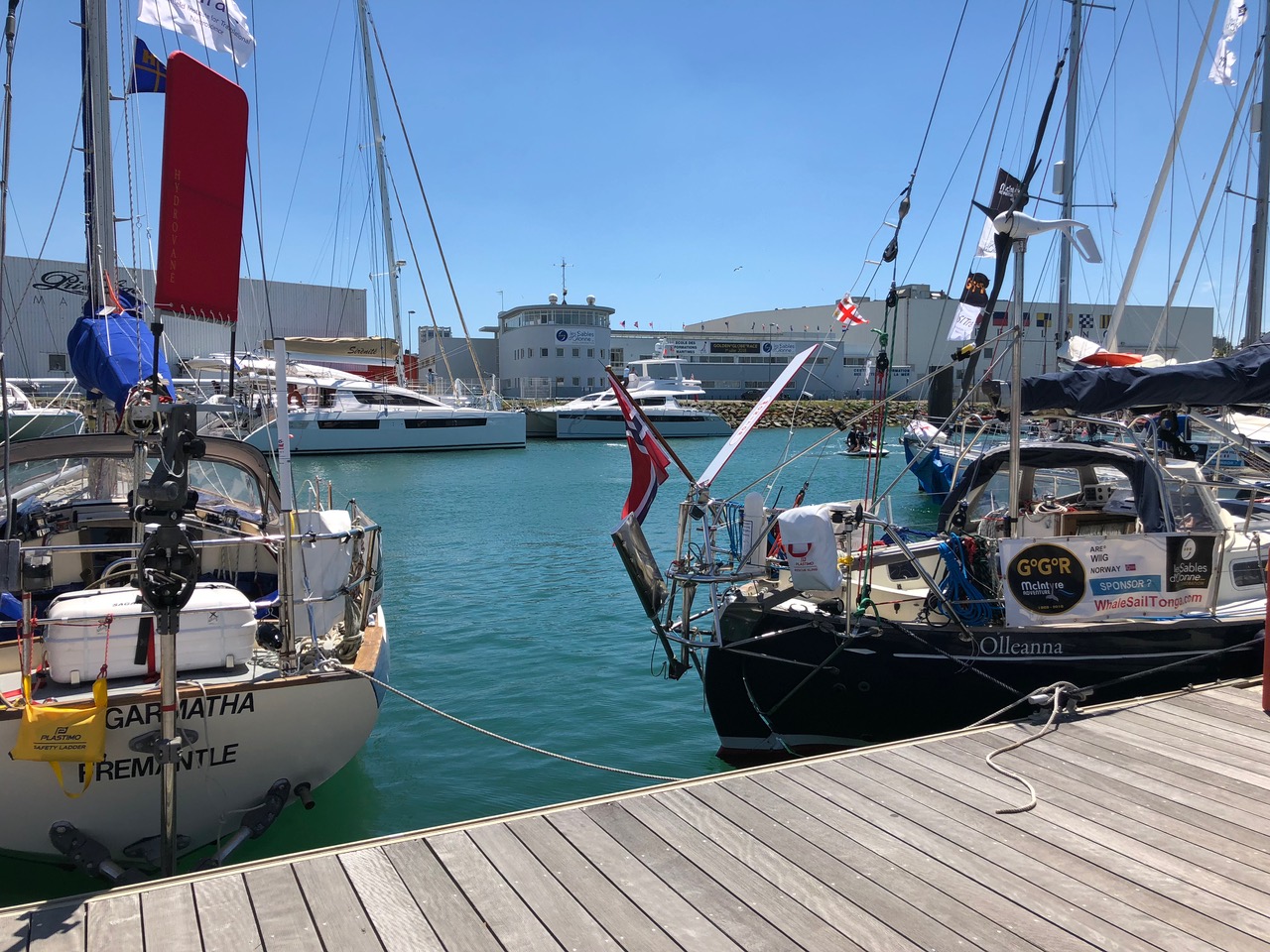
An auxiliary rudder unit does receive some protection from the keel and rudder on GGR-type boats, but it is still vulnerable to all manner of UFOs.
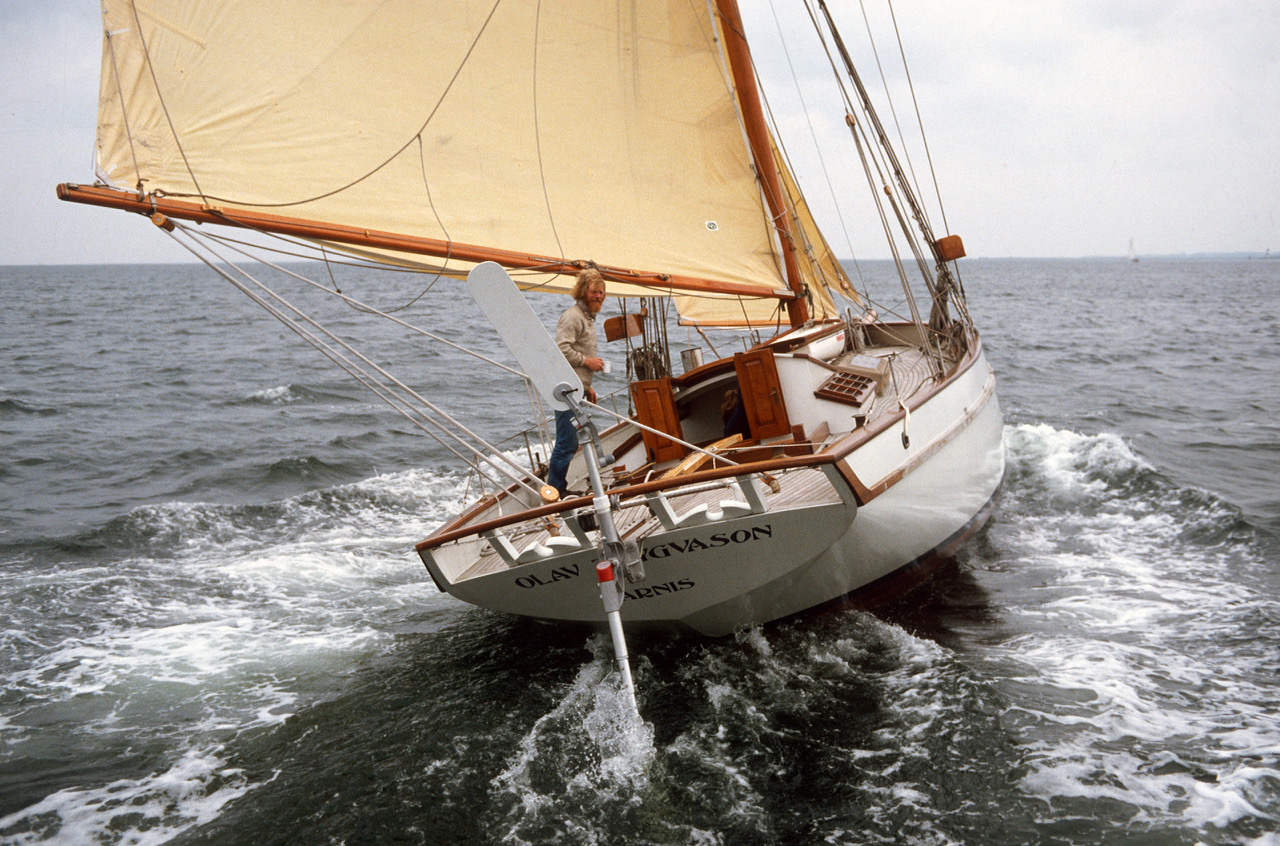
The loads transferred to the transom by a servo-pendulum system are much smaller because such systems have only to generate sufficient force to move the tiller or wheel. I’ve noticed that people very often seem to regard the large footprint on the transom of traditional systems as a sign of particular robustness, but the truth is, the prominent side arms of these systems are only really there to provide something to which to attach the blocks for the transmission lines. In actual fact, a servo-pendulum rudder system essentially demands nothing more of its mounting than to support the weight of the system itself and the force applied through the transmission lines to move the tiller or wheel, which is why modern systems manage fine with a compact four-bolt mounting arrangement.
SURVIVABILITY
Overload protection for servo-pendulum systems can become a critical issue in the higher latitudes, as the GGR so far has clearly demonstrated, so I think it makes sense to look a little more closely at the subject.
FORWARD PROTECTION
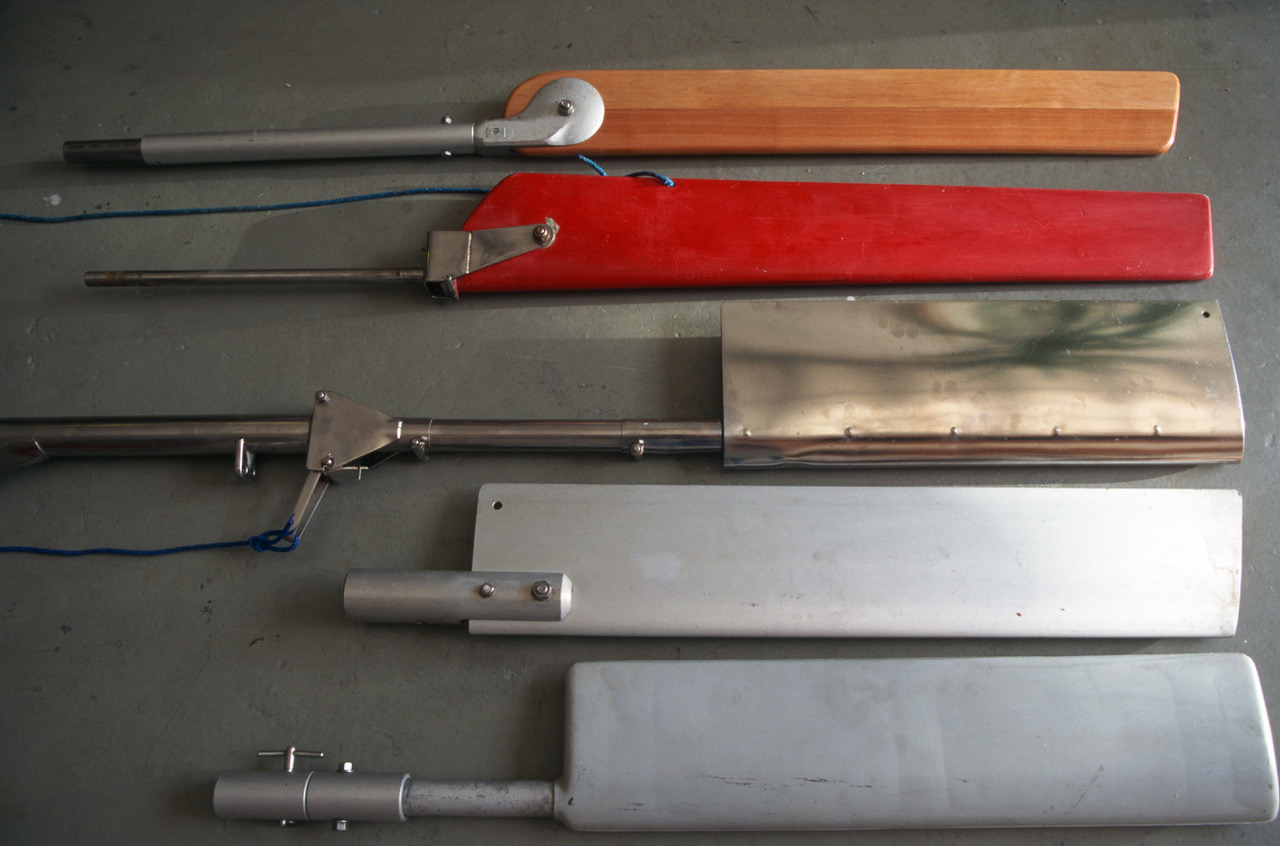
Protecting the system against damage caused by UFOs is relatively straightforward. The options are:
– dedicated point of failure
– overload spring
– friction
Lateral protection
Protecting a servo-pendulum rudder against excessive loads from the side can be quite a challenge for designers, because all of the obvious answers have significant consequences.
A short digression:
A reasonably trimmed sailing boat will seldom experience more than 45 degrees of heel under normal circumstances, which a servo-pendulum system copes with by providing approximately 23-25 degrees of lateral travel. Any more than this would be pointless, as the pendulum rudder would just lift out of the water to windward. All of the main manufacturers use a 2:1 transmission ratio. This explains why the Aries and Monitor systems, on which the structure to support the transmission line blocks limits the lateral travel of the pendulum arm, look the way they do. It is one of the mysteries of pendulum rudder kinematics that the pendulum arm never touches the lateral end stop in normal operation because before it does, the gear always returns the rudder blade to its centred position where it remains until the windvane initiates a return to the original course, whereupon the rudder blade and shaft fall back into line behind the keel.
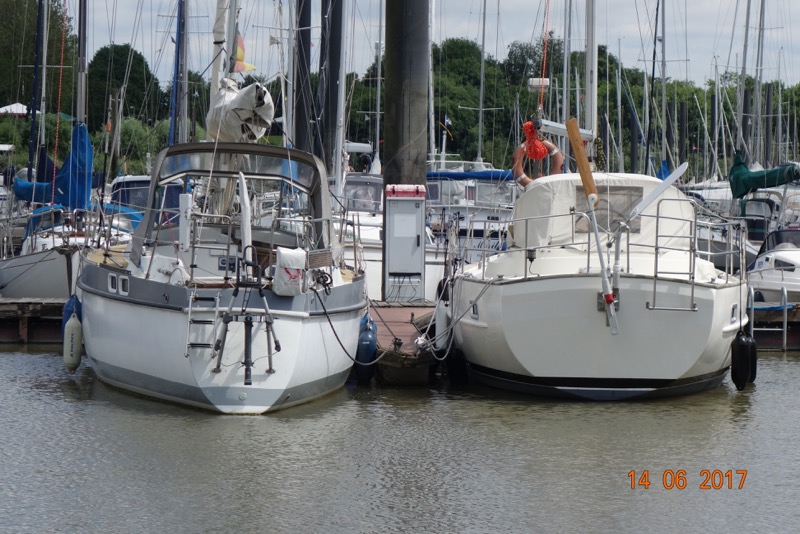
Aries, Monitor and Windpilot all operate with identical lateral pendulum arm travel and transmission line displacement despite their very different appearance. This difference in appearance nevertheless has consequences – and serious ones in the case of the GGR, according to what I have been able to learn of the matter.
ARC OF TRAVEL: 60 DEGREES VERSUS 270 DEGREES
Boats sailing in the high latitudes are far more likely to be exposed to the extreme wind and sea conditions that lead to knock downs and capsizes and this must be taken into account when weighing up servo-pendulum systems. The problem lies not in how far the pendulum arm travels in normal operation, but how far it can travel in extremis: if the maximum possible arc of travel is small, a dedicated point of failure must be included in the design in order to prevent damage to the system if, for example, the pendulum rudder shaft hits its lateral end stop hard in a knock down or capsize (the system not being designed for such an extreme angle of heel).
Even if a traditional system has a dedicated point of failure, however, and even if it breaks as intended in an emergency, the sailor has to accept that he or she will have no self-steering until such time as the system can be repaired – assuming, of course, that the pendulum rudder itself is still there trailing along the behind the boat waiting to be reattached.
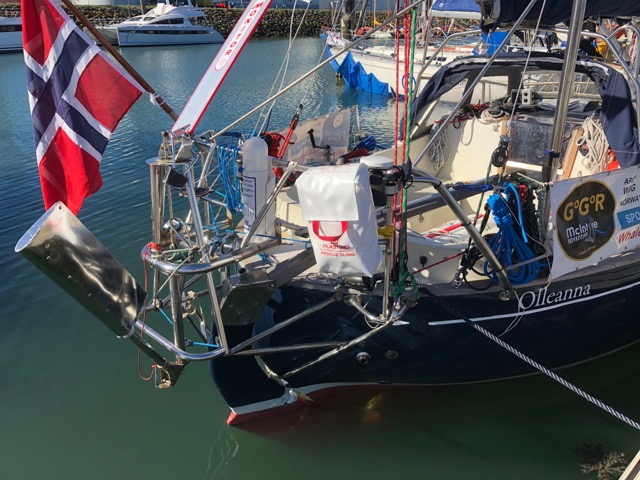
Are and Susie have both suffered multiple breaks at the dedicated point of failure. Are had already used four of the five replacement sleeves he had on board by the time he reached Cape Town while Susie had it even worse: it seems the pendulum arm on her system was smashed against the lateral end stop so hard that the teeth of the bevel gears jumped, leaving her having to steer by hand. Putting this right at sea would have been almost impossible, so she may well have had to abandon the race had the Hobart stop not come along at just the right time and enabled her to tackle the job in relative peace at anchor off the Tasmanian coast.
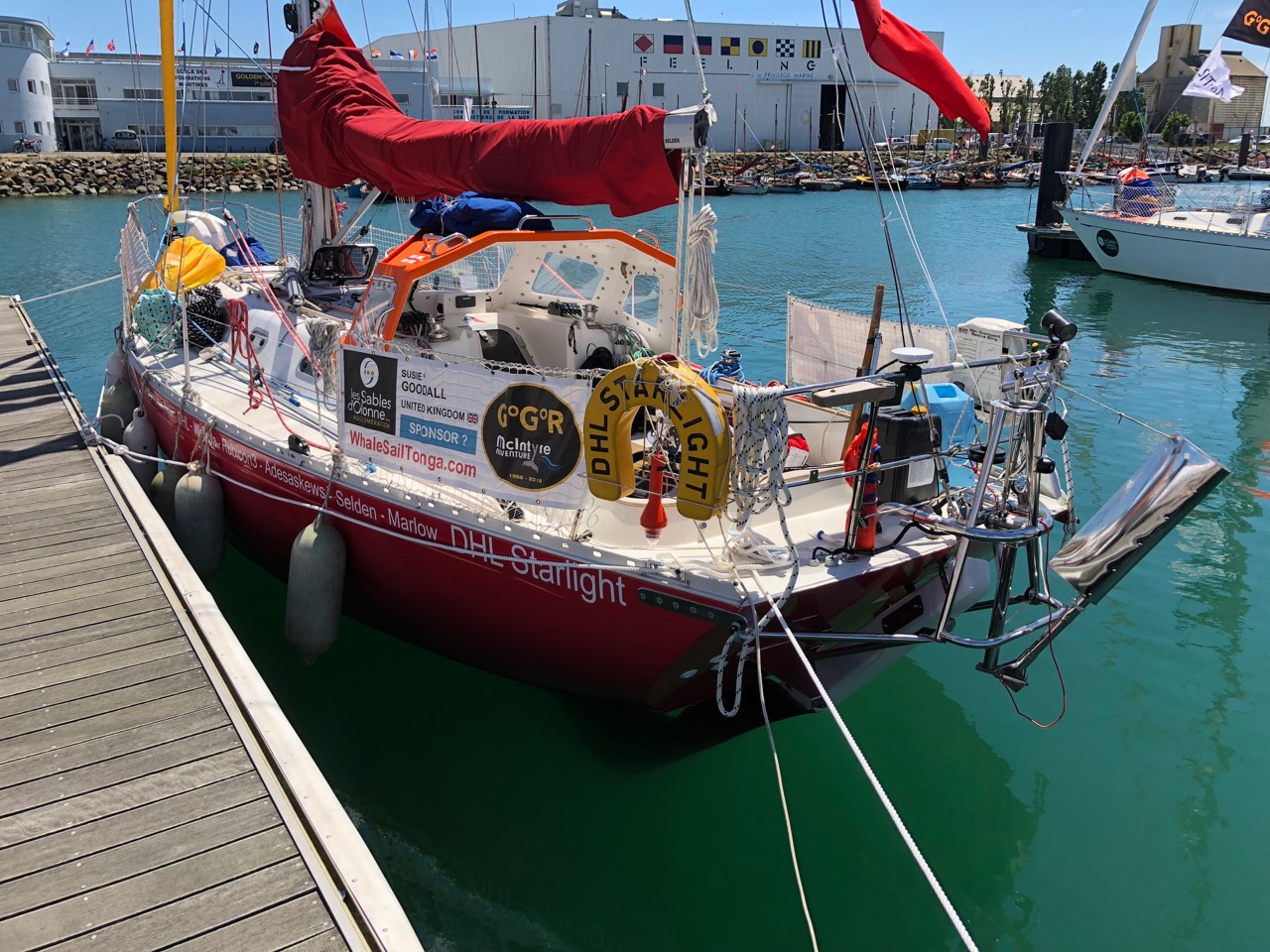
A comment from another Monitor user on the English forum recommending that an open umbrella be suspended beneath the unit when reinstalling the needle bearing to catch any parts heading seaward underlined the difficulty of the task. Susie, thankfully, once again had the measure of the challenge and was able to continue without relegation to Chichester’s navy.
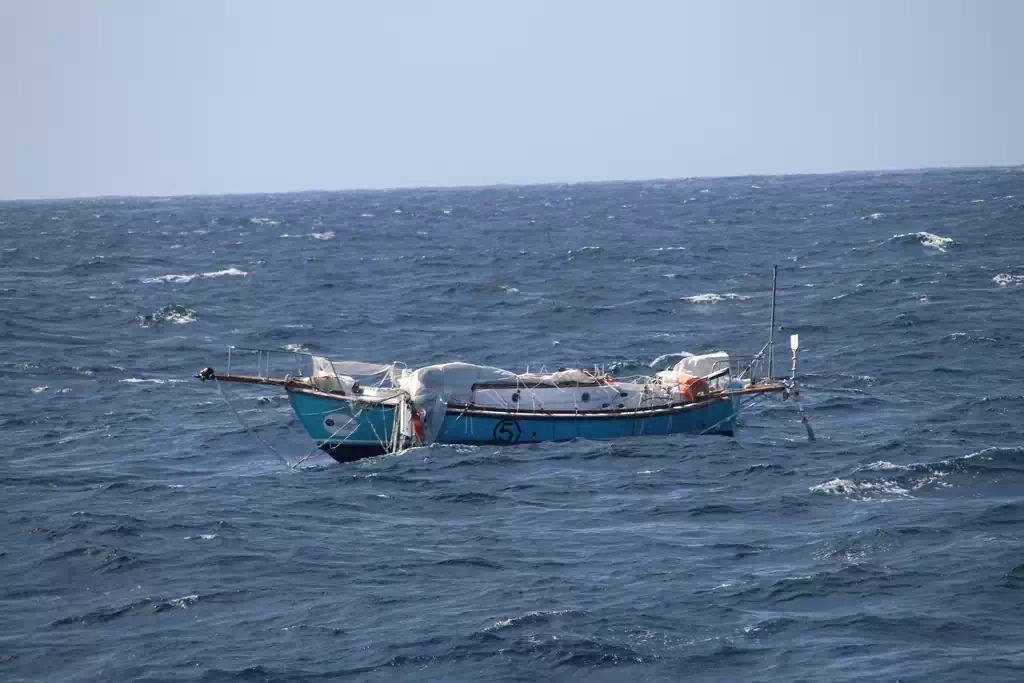
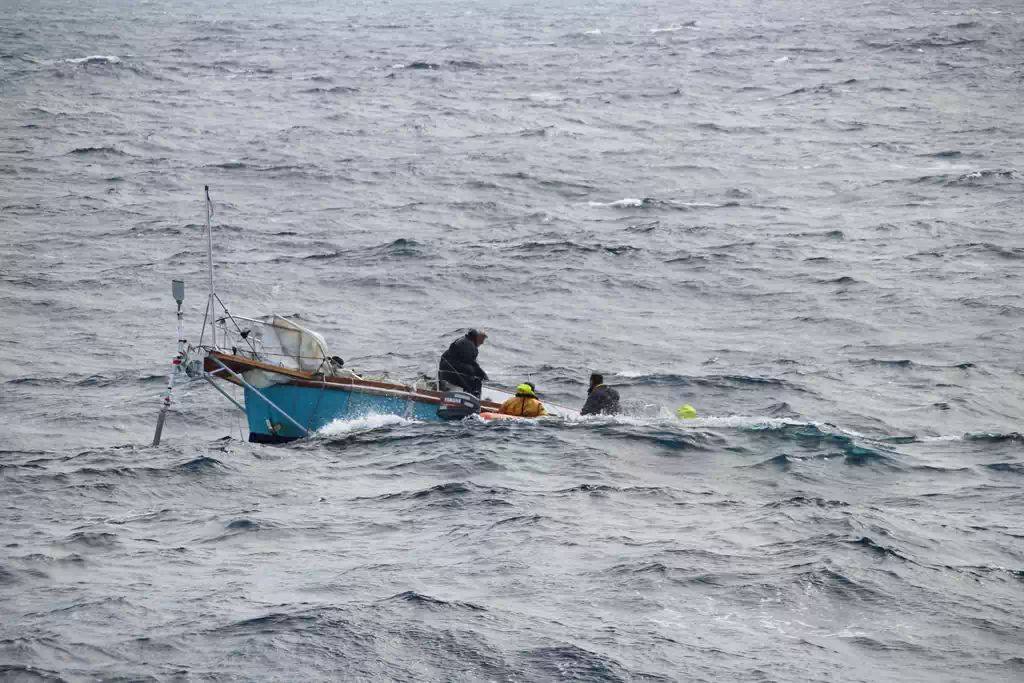
The horrific misfortune that befell Abilash caused all kinds of damage (not least to the man himself), but left his Windpilot system virtually unharmed. This, I believe, illustrates the value of allowing the pendulum arm a generous 270 degrees of travel (which also removes the need for a dedicated point of failure). I heard from Abilash a few days ago that the damage to his self-steering amounted to nothing more than a broken plywood windvane and a bent push rod.

As Abilash wrote:
Dear Peter
I am writing to you to express my sincere gratitude for your assistance with my entry in the Golden Globe Race 18. You were one of the first to support my project by sponsoring a WindPilot auto pilot.Having sailed my boat solo and exclusively with WindPilot for over 12000 nm, this is what I have to say:-
(a) The construction is very robust and simple. It just doesn’t seem there is anything that could fail unless you intentionally tried to destroy it, other than the control lines. I did have a link rod failure but that happened after almost 11000 nm in some real bad conditions. Replacing it in gale force conditions and in rough weather was not a very difficult affair.
(b) WindPilot mountings are perfect and they help make a very solid connection with the boat. Thanks to this the WindPilot sits firmly and steers the boat without any problem
(c) The installation is a straightforward affair. The tuning is very simple (and thanks for taking me through it at each step). And, as I discovered, if you want to play around, there is a lot of scope for that too!
(d) Even after almost 3 months continuously at sea, there were no rust streaks, creaking etc etc
(e) At one point, I wondered if I was the skipper or if it was WindPilot, because I rarely got to touch the tiller.
(f) My boat suffered violent knockdowns in a very bad storm on 21 Sep. Almost everything standing above deck was wiped out. The only piece of equipment that remained untouched was the WindPilot. It came through the storm and knockdowns almost untouched! I think one huge reason for this could be the fact that the blade is not restricted in its movement to either side.
The best part about Windpilot is, this goes without saying, Marzena and you! It has been an absolute pleasure working with you!
Warm regards
Abhilash, Urmi and Ved
THE BAD WEATHER PROBLEM
Ironically, it has often been claimed in Aries literature (since Peter Matthiesen took over the brand from Nick Franklin) that it is the modern systems that should be expected to fail first as conditions deteriorate. According to this imaginative marketing pitch, all modern systems are unreliable in heavy weather precisely because – in contrast to the Aries (apparently the only “safe” system in a blow) – the pendulum arm is not restricted to a small arc of travel. This, we are cautioned, is the “bad weather problem”. Does this interesting line of reasoning actually hold up to informed scrutiny? It has a catchy name, true, but I think it best to leave it to the informed judgement of the sailing community to decide whether it makes any sense. If you see what I mean.
Experience in the GGR so far indicates that an effective mechanism to prevent damage to the pendulum arm when conditions force it beyond the intended range of travel is absolutely critical. There has been considerable discussion of the design of the dedicated points of failure provided and of the materials used in their construction, but I am not sure how much progress we can expect to make here when it is just about impossible to calculate the loads involved accurately and when overbuilding the component even slightly risks overloading the mounting bolts and potentially damaging the transom itself. I still have a crate of Aries spare parts on a shelf somewhere left over from my time as German Aries importer in the 1970s, I still remember the stories I heard of damage and what caused it and I know what it takes to make a dedicated point of failure fail.
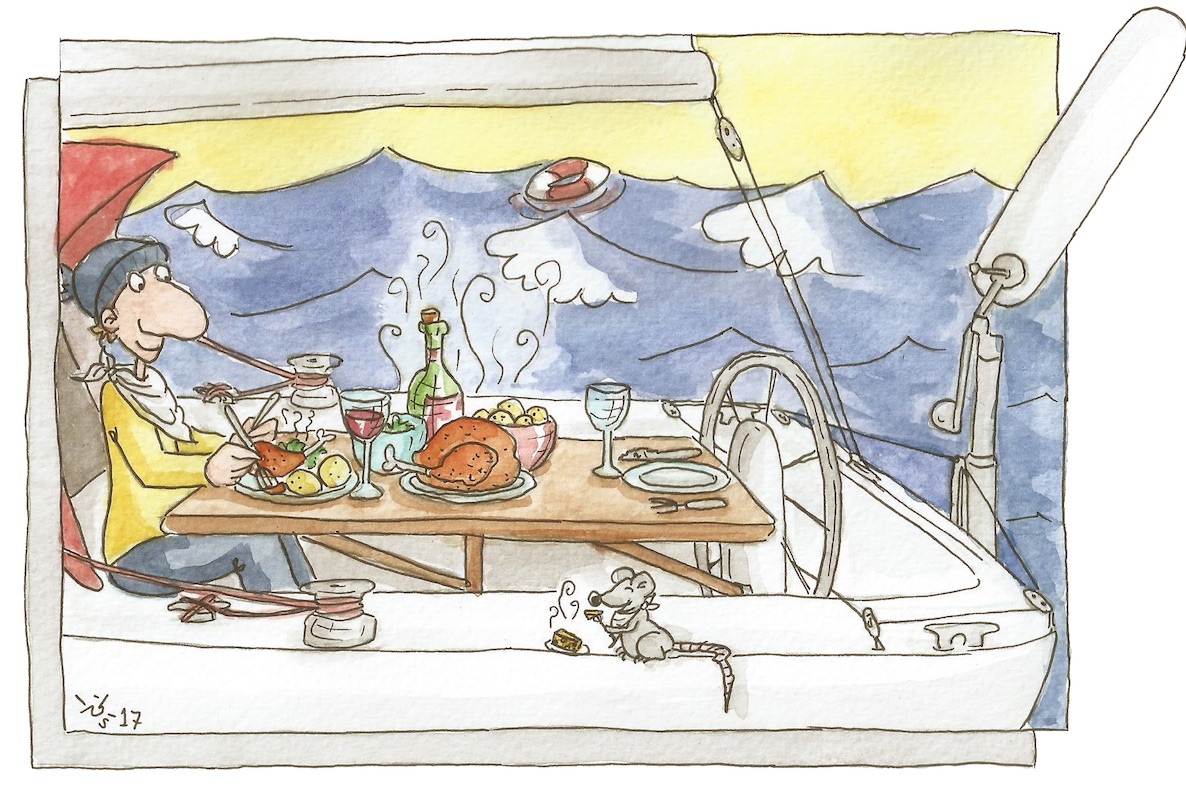
My solution to all of these issues was to adopt a design that gives the – aluminium – pendulum arm a huge arc of travel, allowing it to swing as far as it needs to in a crisis without crashing into anything painful. A dedicated point of failure is like the sword of Damocles: one day it will happen, but there’s no knowing when. It may even have been in just such a moment that Are’s fate was sealed.
IN SUMMARY

Let us all hope the GGR show has a happy ending with no more rigs overboard, no scurvy among the remaining racers, everyone safely around Cape Horn and as many boats as possible – with or without the travelling mussel farms – crossing the line in Les Sables.

Perhaps by then even Istvan will be sufficiently at one with his self-steering, the world and himself to cut me some slack!
Best wishes to all.
Peter Foerthmann
https://windpilot.com/blog/en/columns/peter-the-market/competition/intrigue-and-copycats/

































Fantastic writing Peter, keep up the good work and I hope to have one of your units attached on the transom of my boat soon. I have previously owned both a monitor and a hydrovane.
Regards,
your writings belies a true genuine passion for self steering system. I am in the midst of deciding between a cap horn, a windvane and a windpilot. After spending 3 hours reading all your blogs and studying your design, You convinced me and I am looking forward to seeing a windpilot pacific on my catalina 36. Please direct me to your US representative.
Sincerely ;